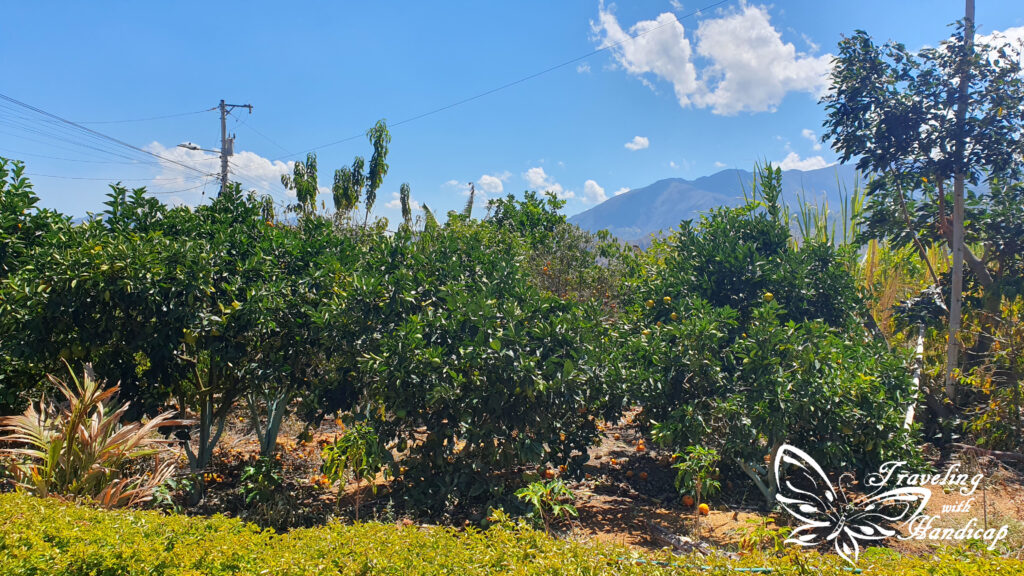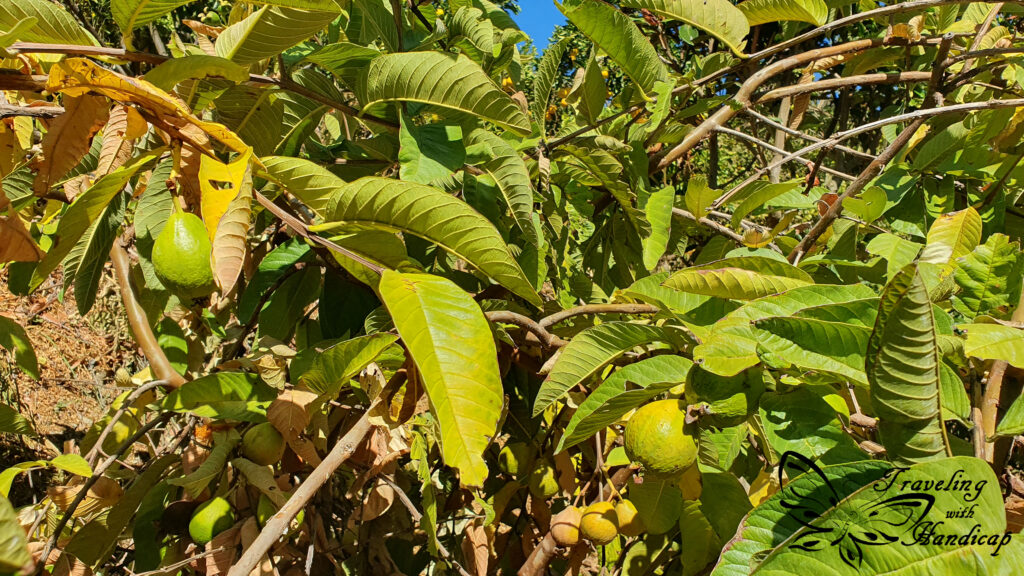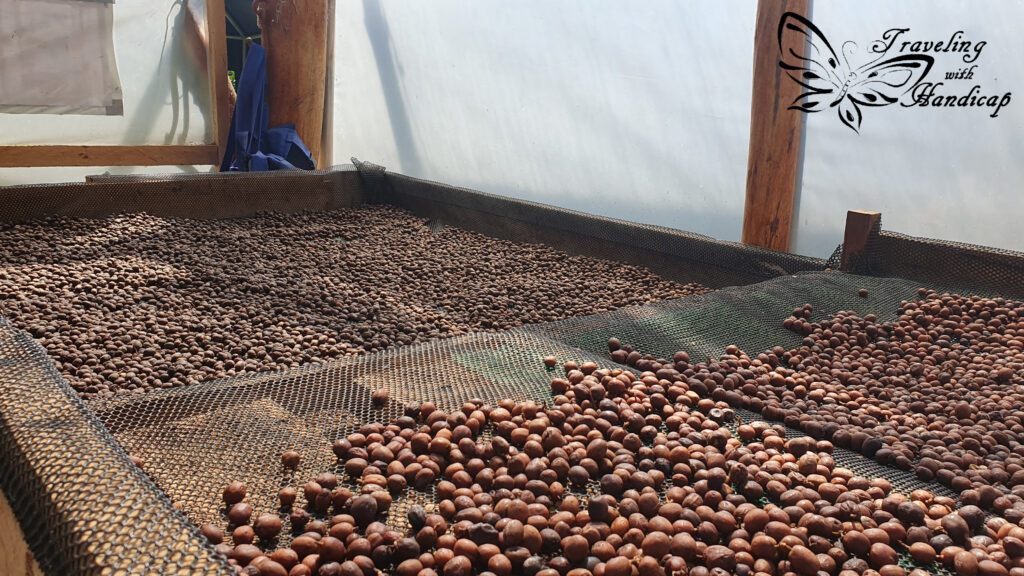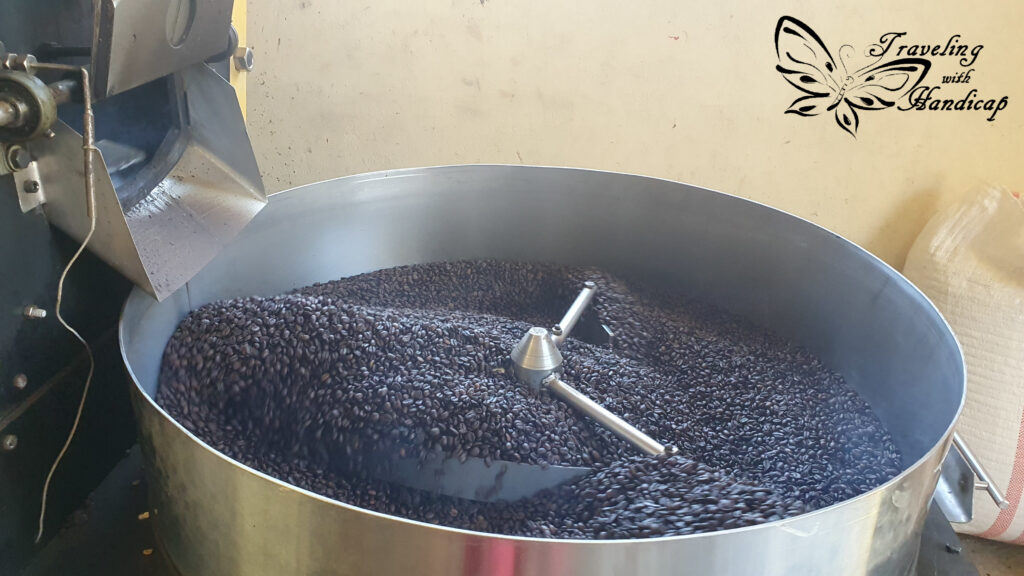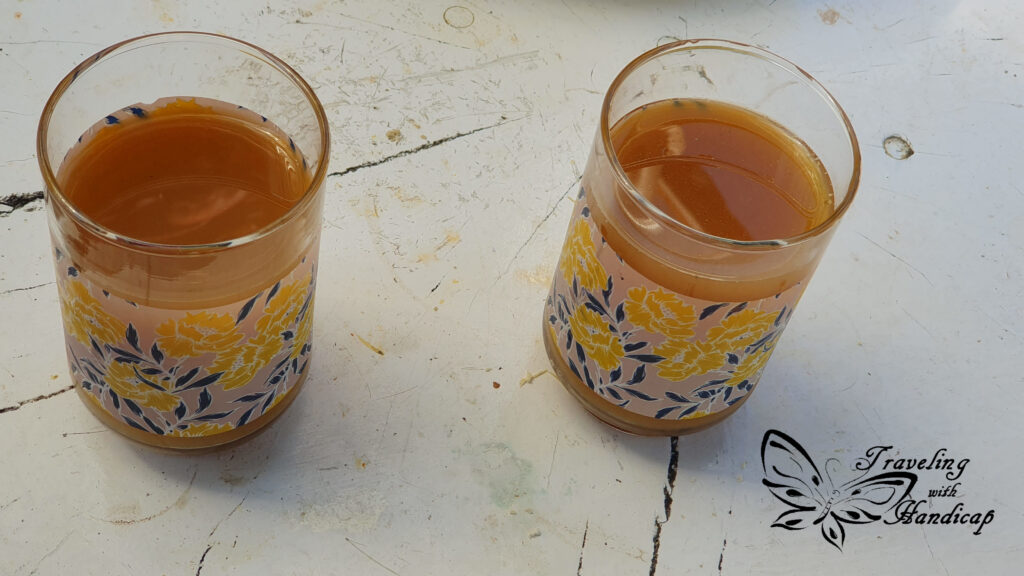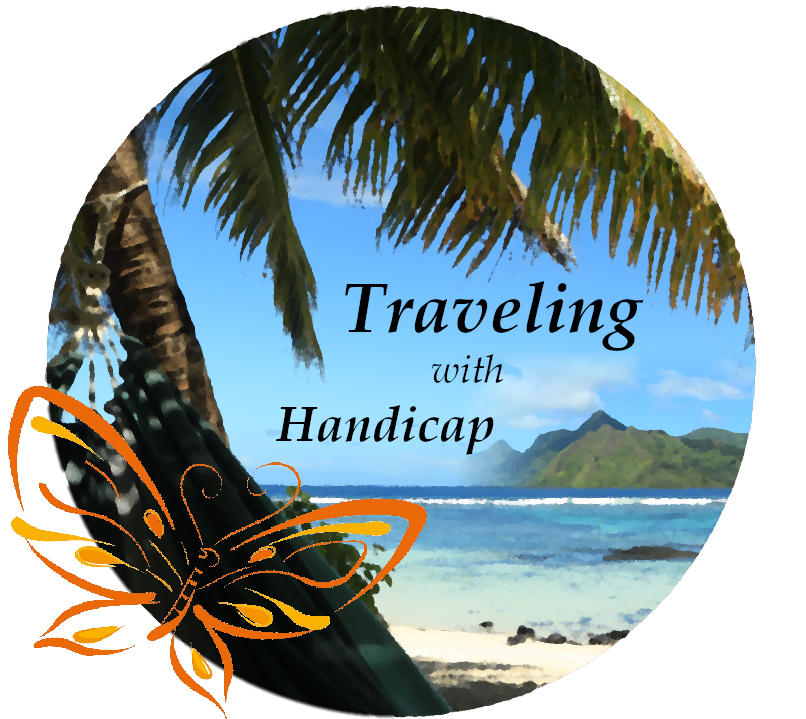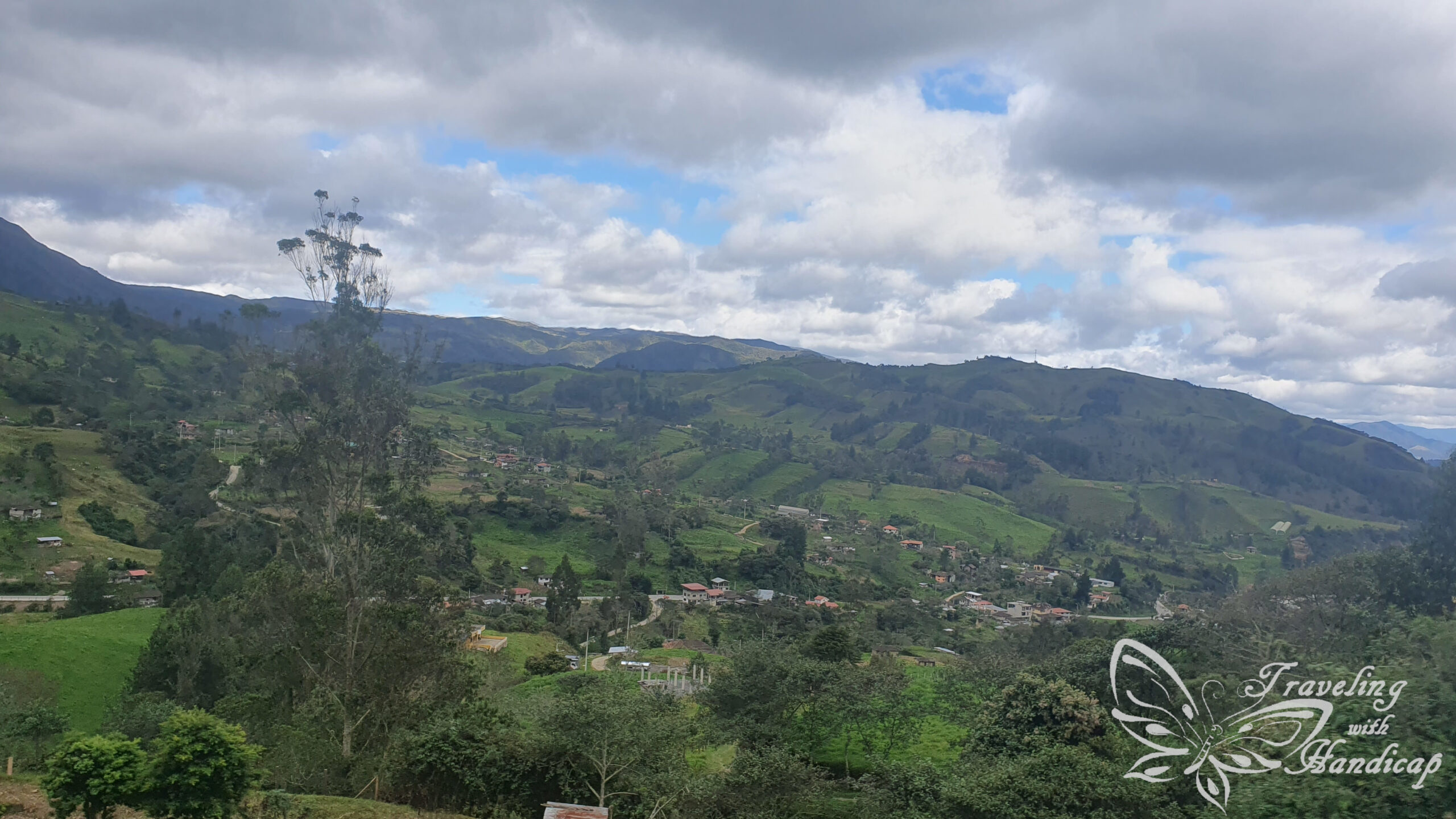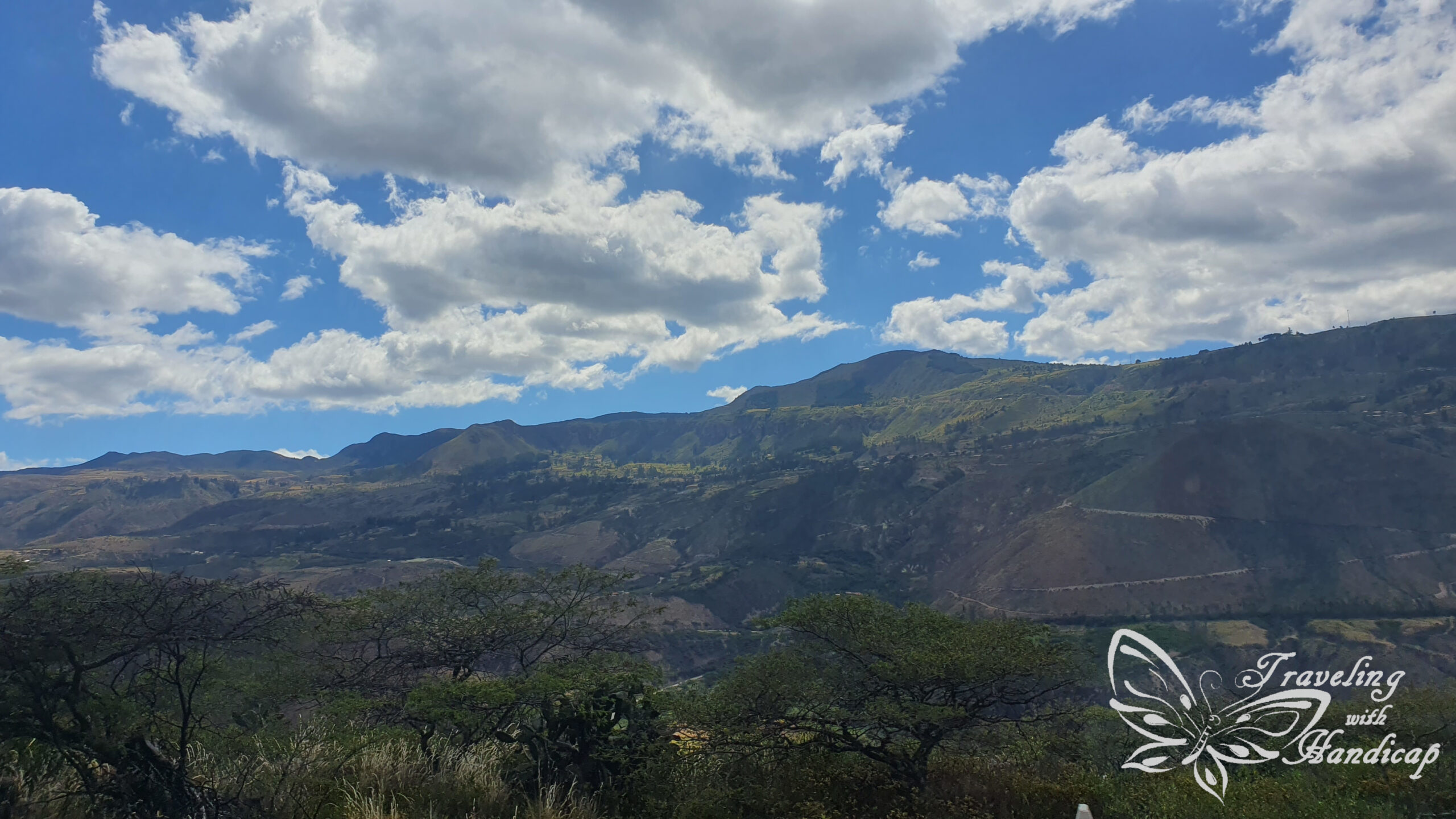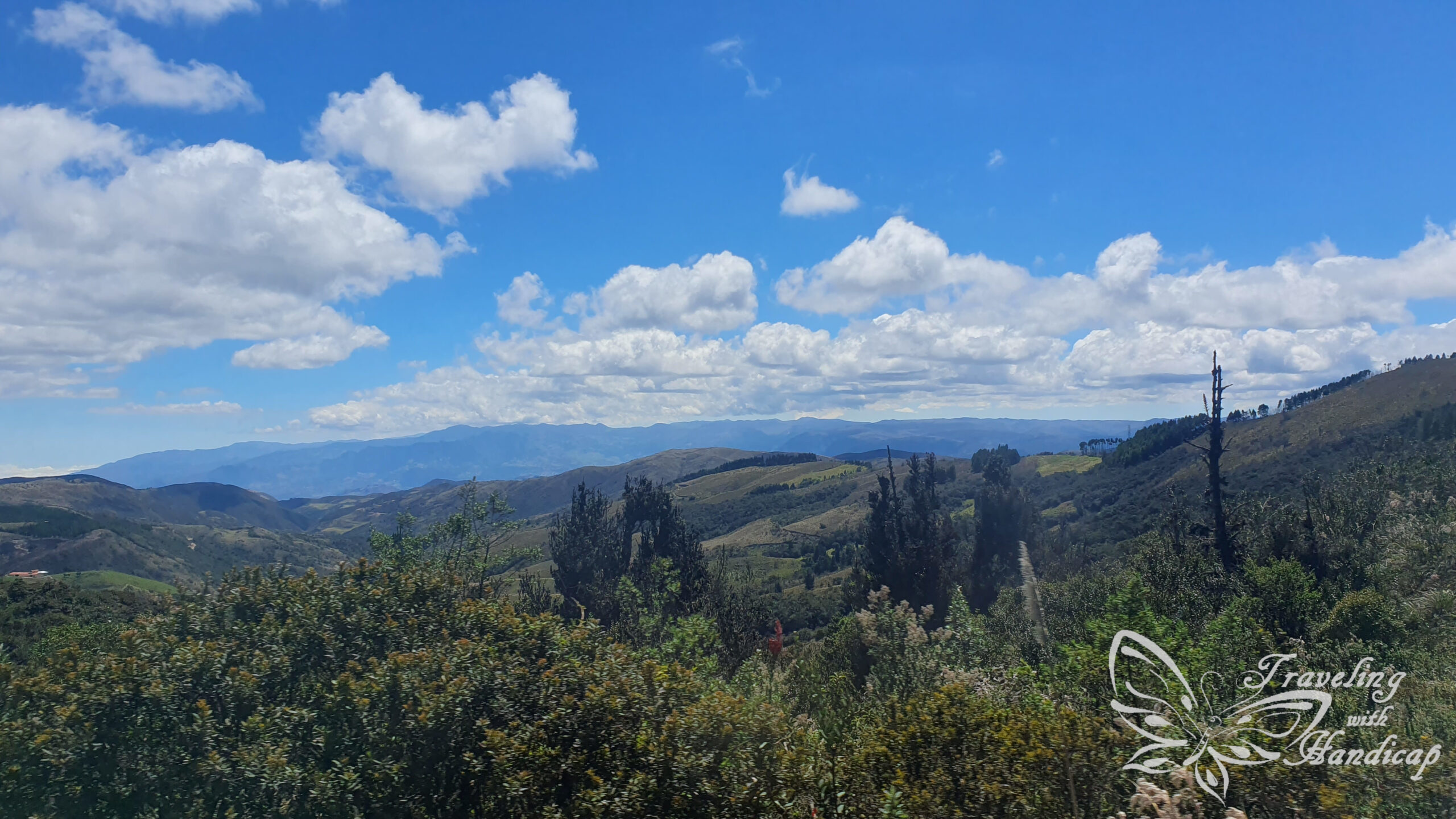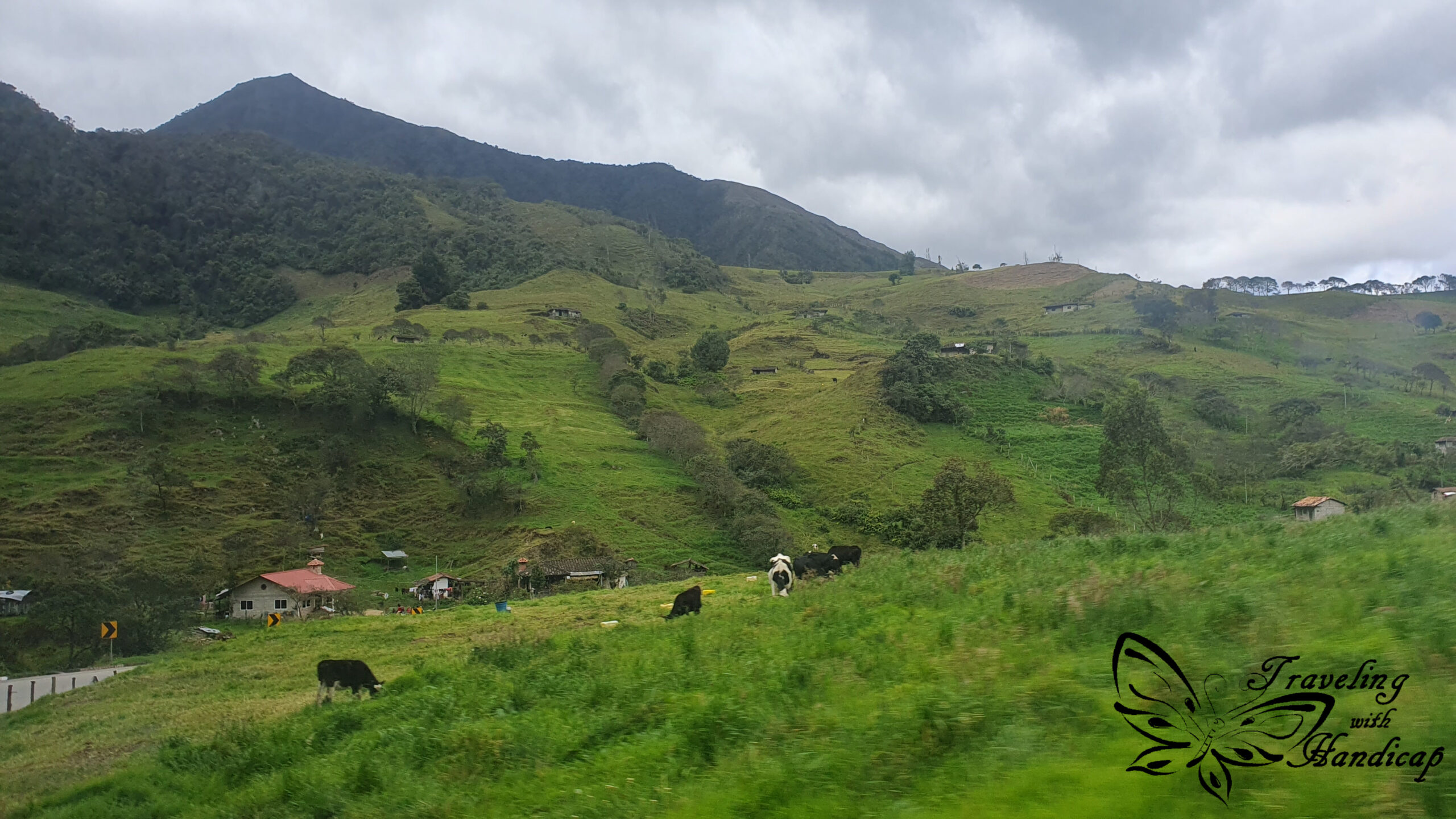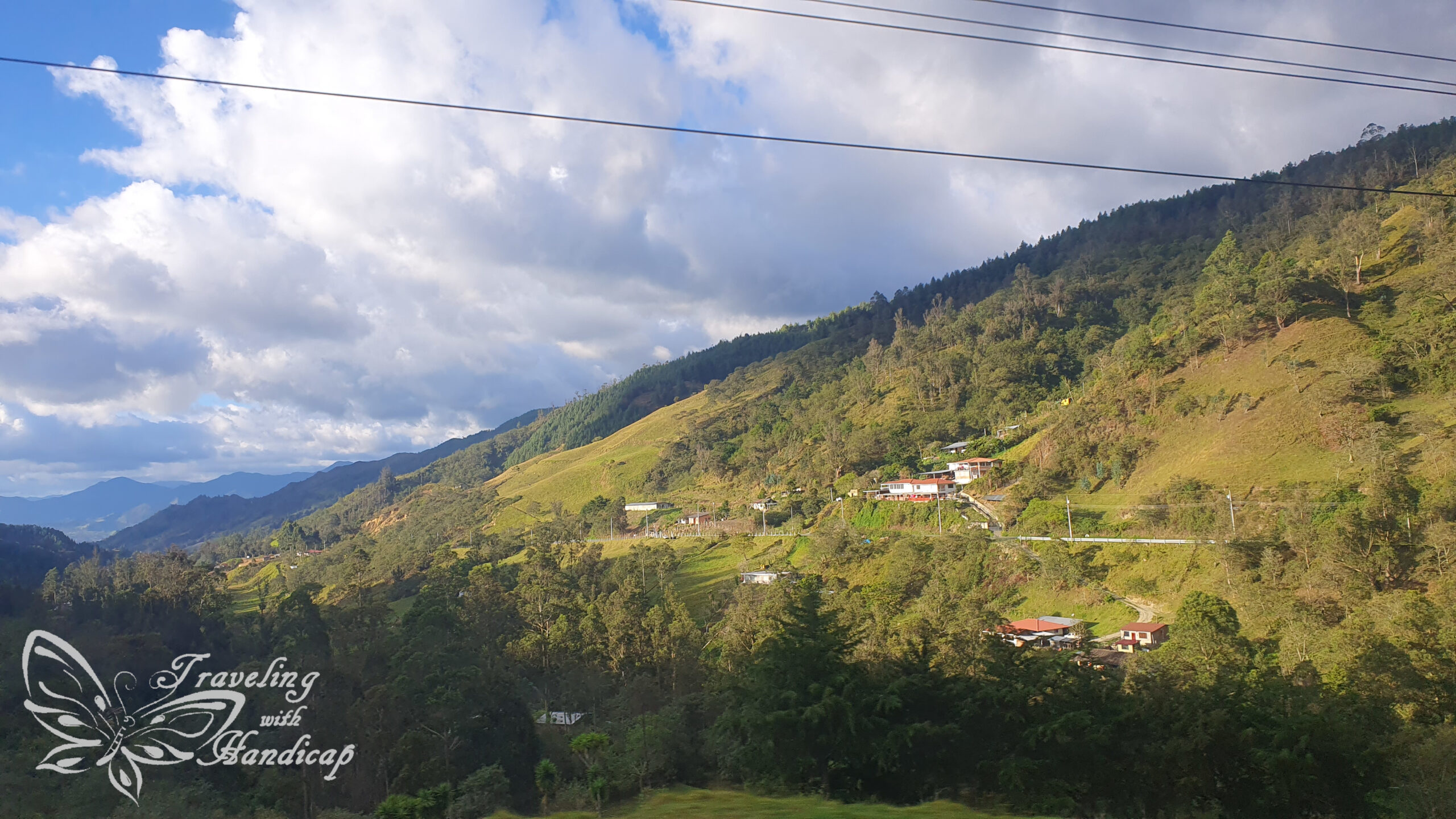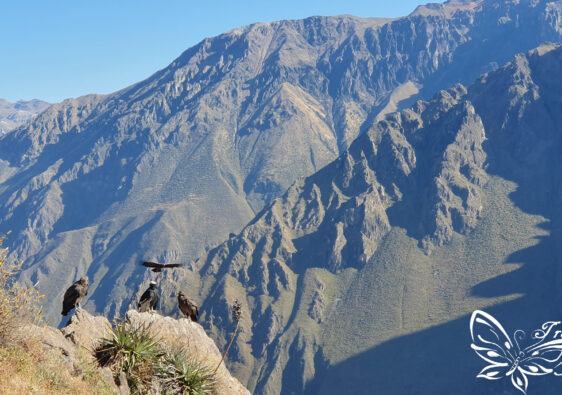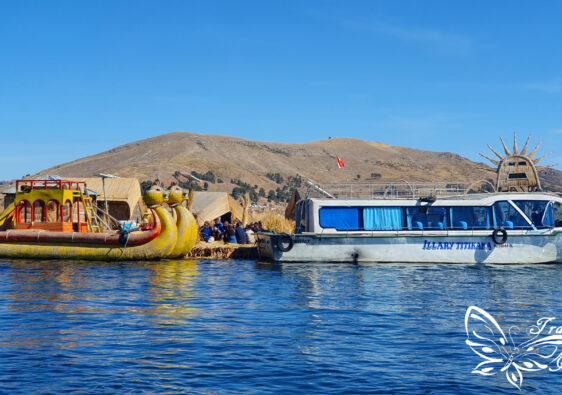Travel makes one modest. You see what a tiny place you occupy in the world.
Gustave Flaubert
Coming from Peru to Ecuador
After staying in northern Peru for a couple of days and learning about cultures older than the Inca, I wanted to continue towards Ecuador. It is possible to visit the Amazon area within different countries. Puerto Maldonado (close to Cusco) or Iquitos (only properly accessible by flights from Lima) are popular locations within the Amazon of Peru. However, I decided to visit it in Ecuador instead.
I had to take a night bus to cross the border and reach Cuenca since there were no direct day buses. Any day-buses would have included a required change of buses at the border. Coming from Máncora, my only option was to head to Cuenca directly. Piura would have offered buses to some other destinations within southern Peru. My bus was supposed to leave Máncora at 11pm, but I had to wait until almost midnight until I could jump on it.
After waking up in Ecuador, I was very happy about the different landscape. Apart from the Amazon, Peru is a very dry country with extensive desertification. However, my preferred landscape is green, mountainous and with lakes or sea nearby. While on the bus, I haven’t known yet that Cuenca (officially Santa Ana de los Ríos de Cuenca) will turn out to become one of my favorite towns within Latin America. Actually, the famous “Panama hats” are not produced in Panama but in Cuenca.
Cuenca, my favorite city within Ecuador
Similar to every first day in a new country, I had to figure out how the bus terminals operate, how the people behave, what is secure and what rather to be avoided. I already knew that an easy way to get to the hostel is by tram. How surprised I was! The first town in whole Latin America having some sort of railway for public transport. Fortunately, I brought my leftover cash dollars from another trip. This way, I could pay for the tram ticket, as the machine only accepted coins or small notes. Taking the tram felt very safe. Approaching the center of Cuenca, I was even more surprised how tidy and nice the houses looked.

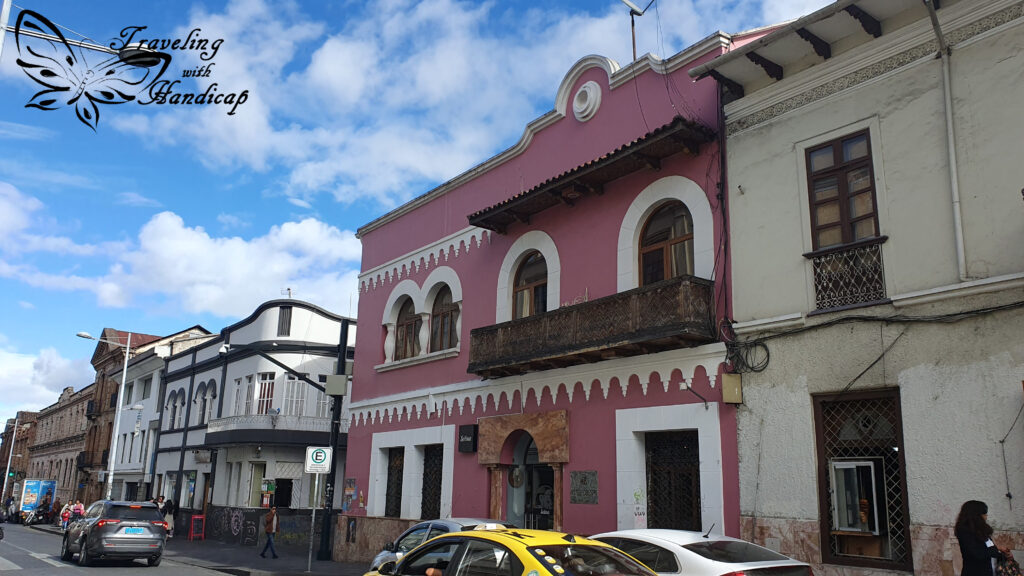


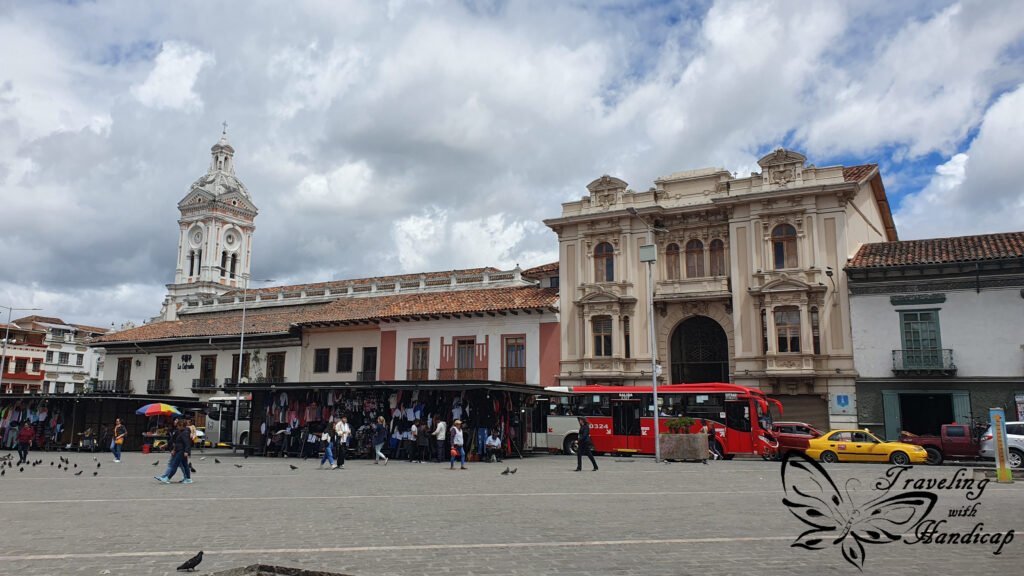

Arriving at the hostel, the interior impressed me even more. Even though the beds were just standard dorm beds without any extra curtains for privacy, the other interior design was very pleasant. I arrived at the same time as another girl. We went out to the central square for some breakfast. This area impressed me with its colonial architecture. While the majority of these squares is called Plaza de Armas in Latino towns, it’s named Parque Calderón here. After breakfast in a charming French breakfast shop, we joined a free walking tour exploring the historic center of Cuenca.
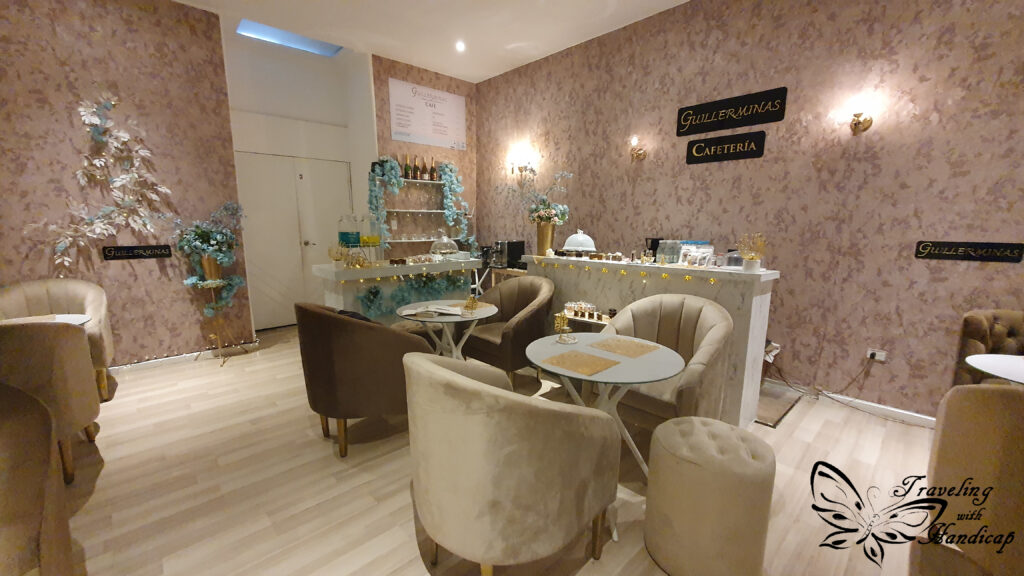
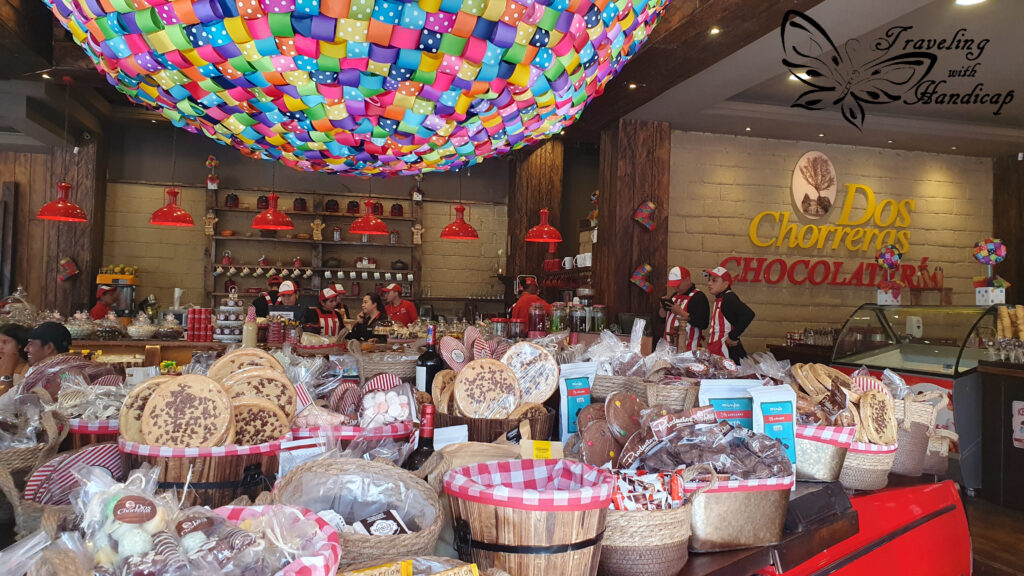

The historic center
For sure, the historic center of Cuenca was one of the best historic centers I have visited in Latin America. Moreover, the historic center is not the only place built in this historic style. Rather, the whole city is kept in a mix of historic and modern buildings — not as “average-ugly” as in many other Latino towns.

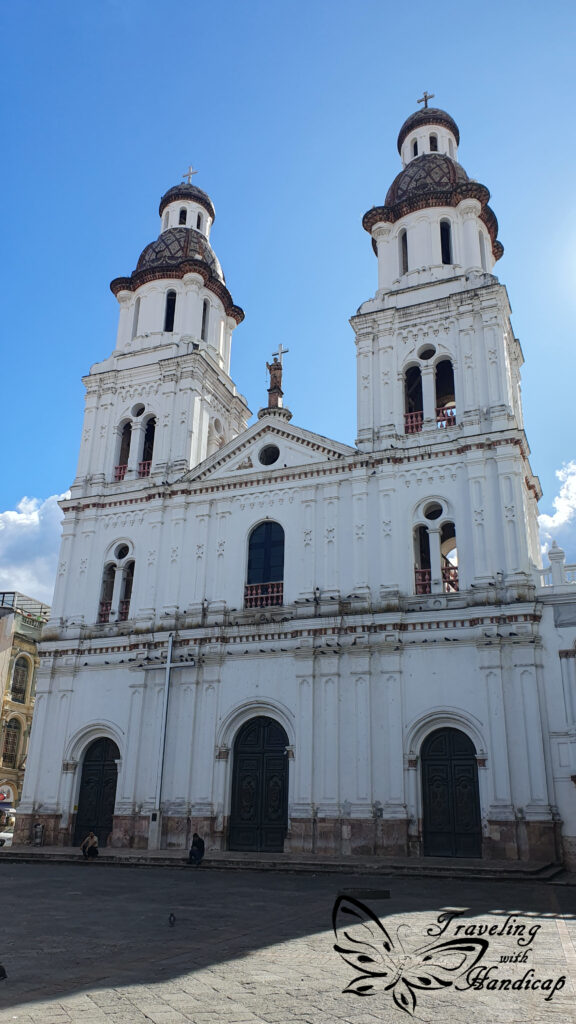

The Cathedral(s)
We started with the new cathedral, which has no bells. This is due to the fact that when the cathedral was built, there were both not enough experts and slaves available. So the cathedral has been built — but in a non-stable manner. Thus, it’s not able to carry the weight of huge bells. When the pope visited for inauguration, he first refused to make this new cathedral the official cathedral because of the lack of bells. Well, Cuenca — as the majority of towns close to the Pacific coast — is located within an earthquake-prone area. Because of many earthquakes, the new cathedral has never been completely finished.
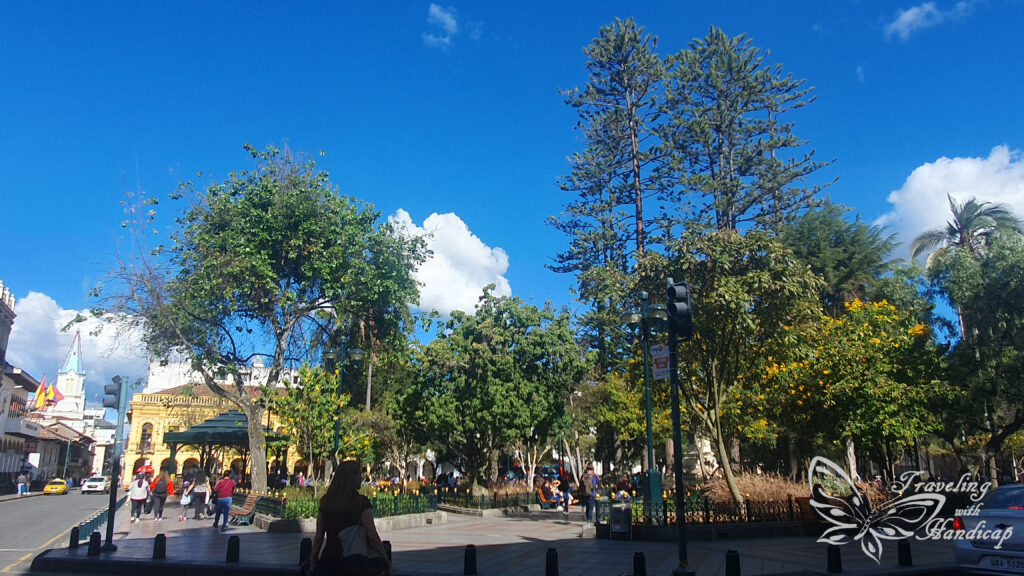


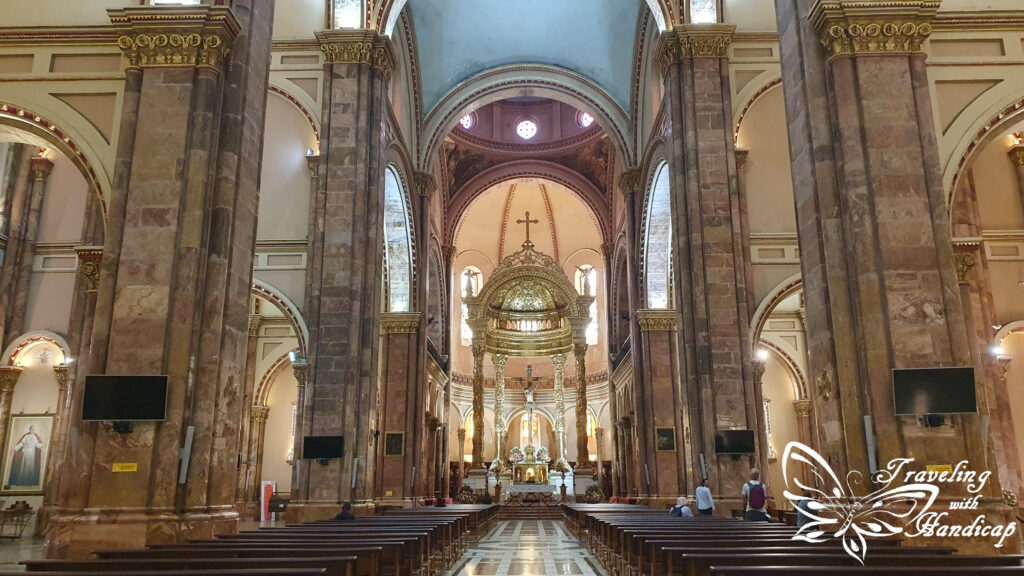
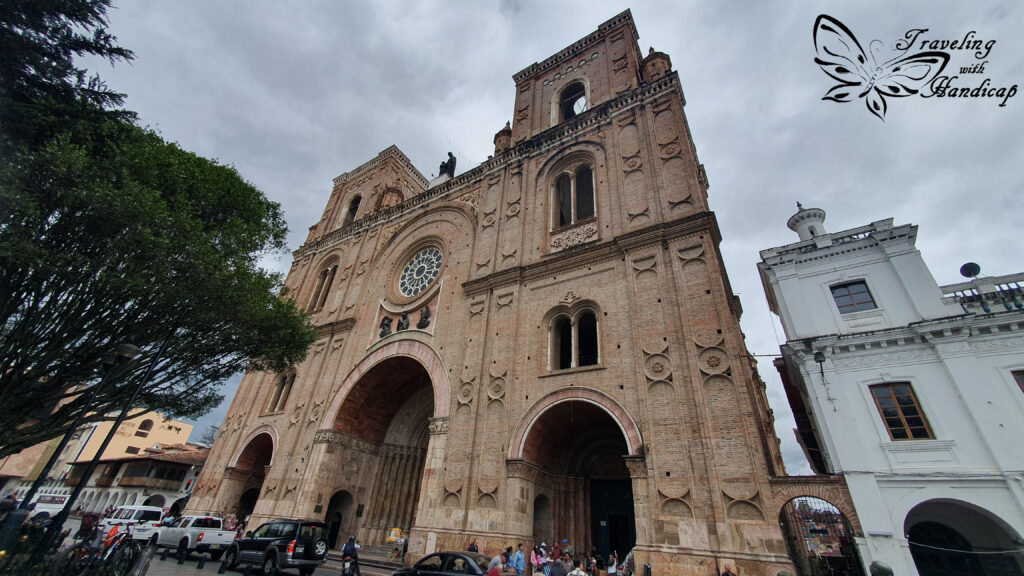
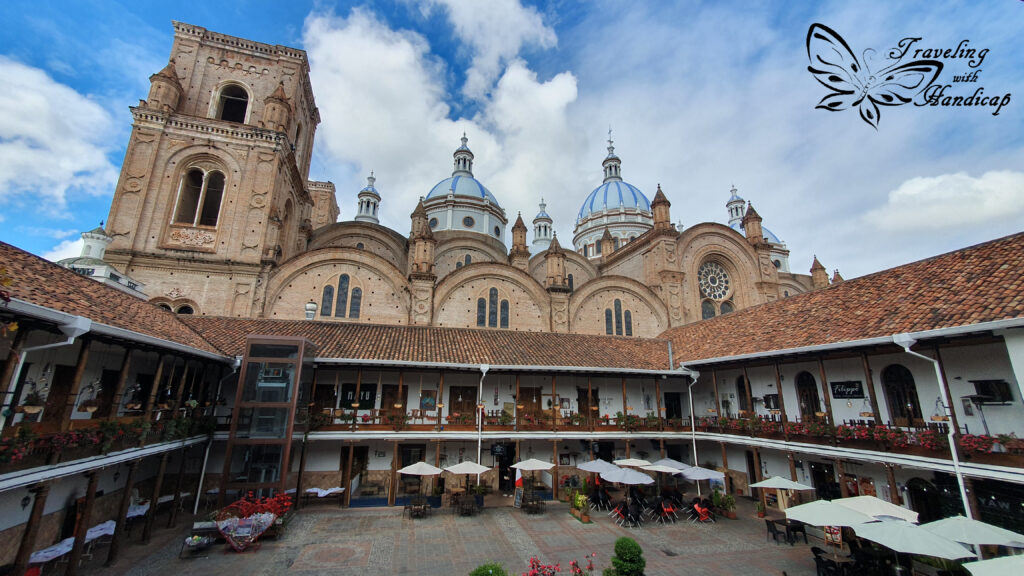
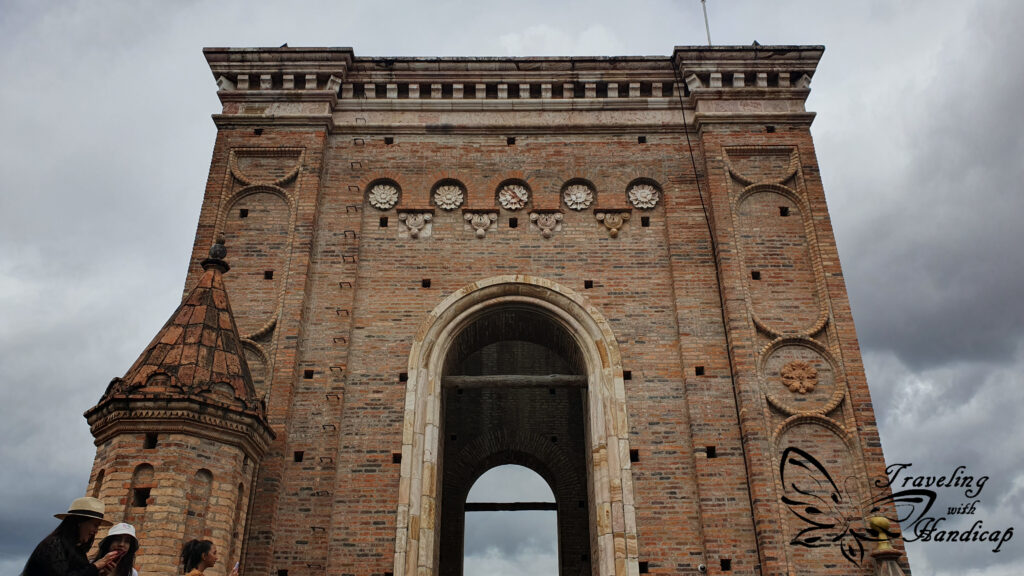
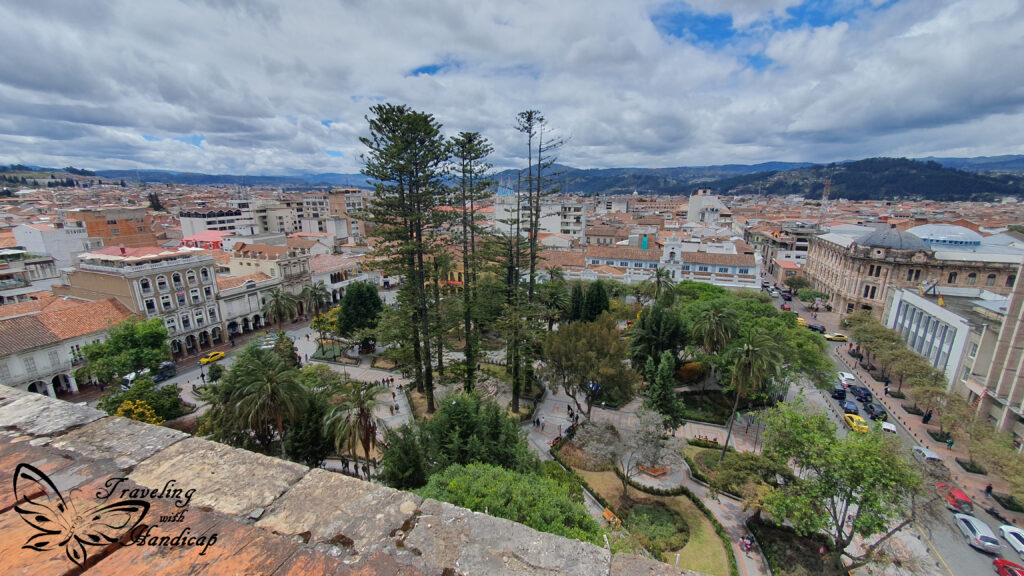

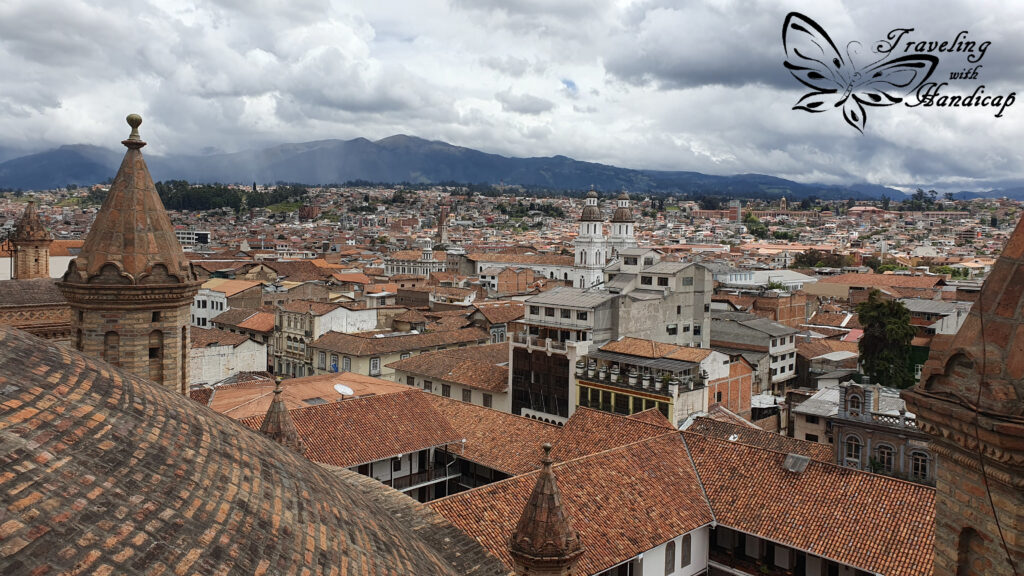


From the inner square of the building (former monastery) next to the cathedral, you have a stunning view on the latter while enjoying some coffee. The calle Santa Ana is a famous road between the cathedral and this former monastery. Across the Parque Calderón, opposite the new cathedral, is the old cathedral. Its construction started in 1557 with the foundation of the town, Cuenca. Next to it, you will find the supreme court within an impressive marble building.

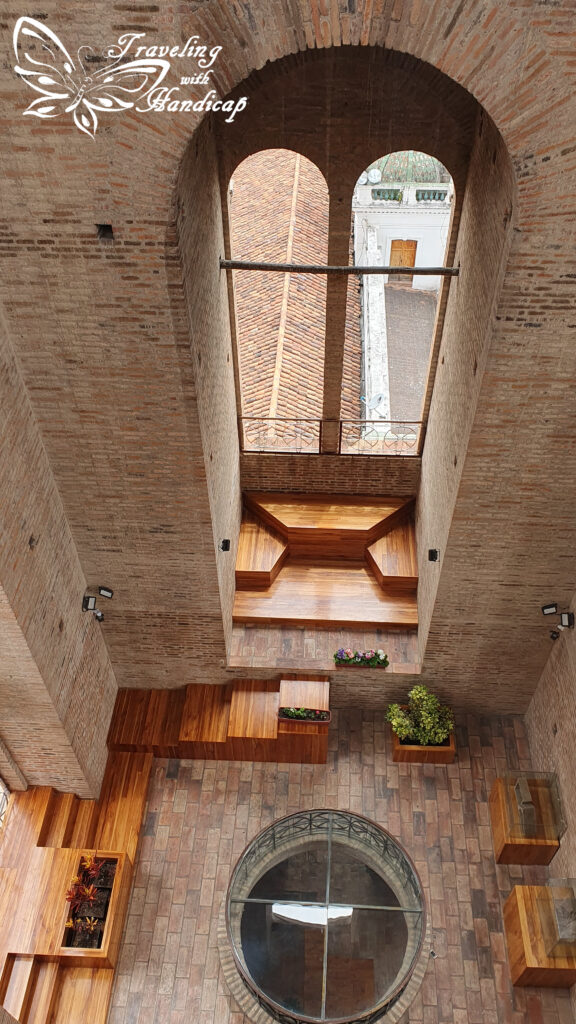


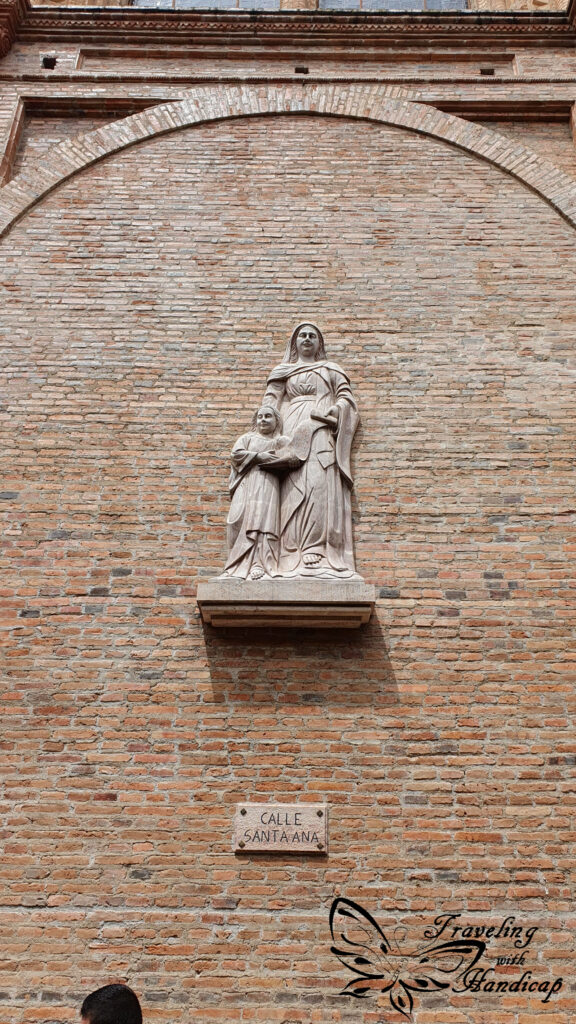


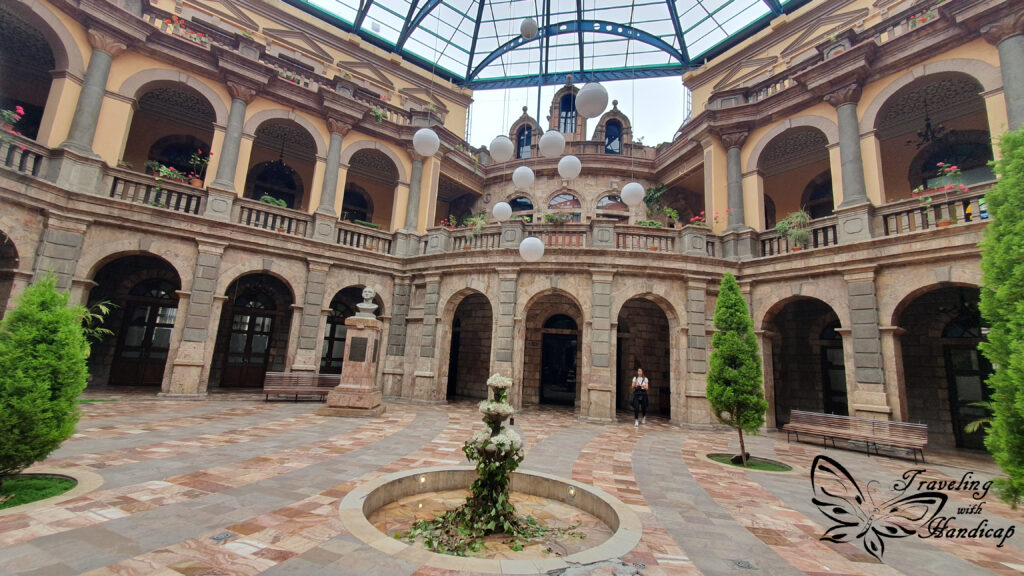
Next to the old cathedral, you’ll be impressed of the flowers on the Plaza de las Flores. There, you face the monastery of Carmen de la Asunción. Honestly, I haven’t heard of such a type of monastery still existing before visiting Cuenca. Everyone living in this monastery is by no means allowed to leave the building. Communication with buyers of the internally produced products happens with wooden windows covering the person speaking. If I remember correctly, the nuns also have to cover themselves inside the monastery. In recent years, the nuns were (only) allowed to leave the monastery twice. Once during a major earthquake for protection, the other time while the pope visited.
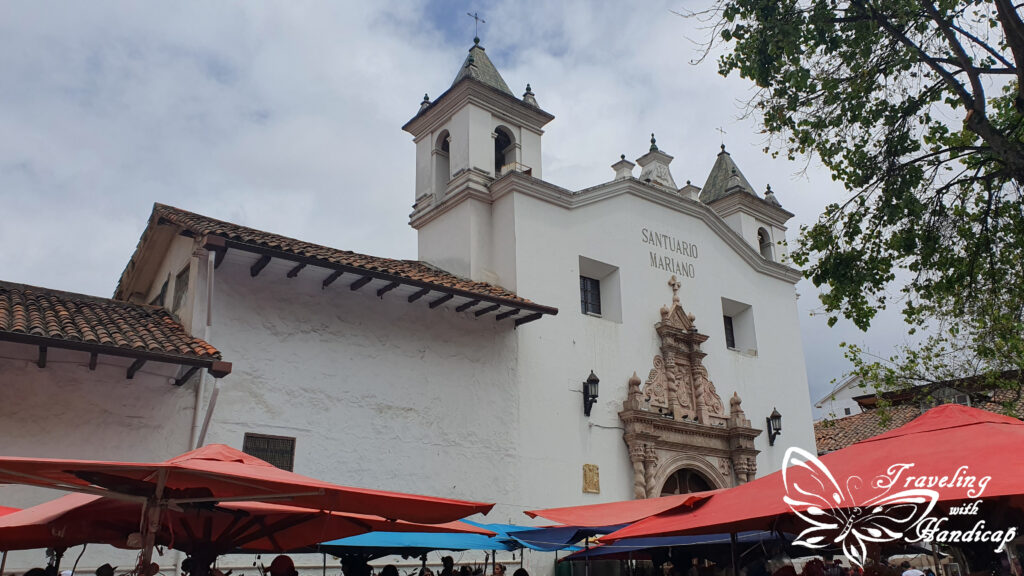


Mirador de Turi
I walked around in the historic center of Cuenca. Not only around the Parque Calderón but also down to the Río Tomebamba. There are different little rivers crossing Cuenca, therefore, it’s very green in and around Cuenca. There are many historic buildings facing this little river. Moreover, a broader walkway follows the river, perfect for a relaxing stroll. On the other side of the river, the houses look more modern and also clean. I have heard that there is a rule requiring a certain standard for all houses within Cuenca. In my opinion, this rule distinguishes Cuenca from any other Latin American towns.


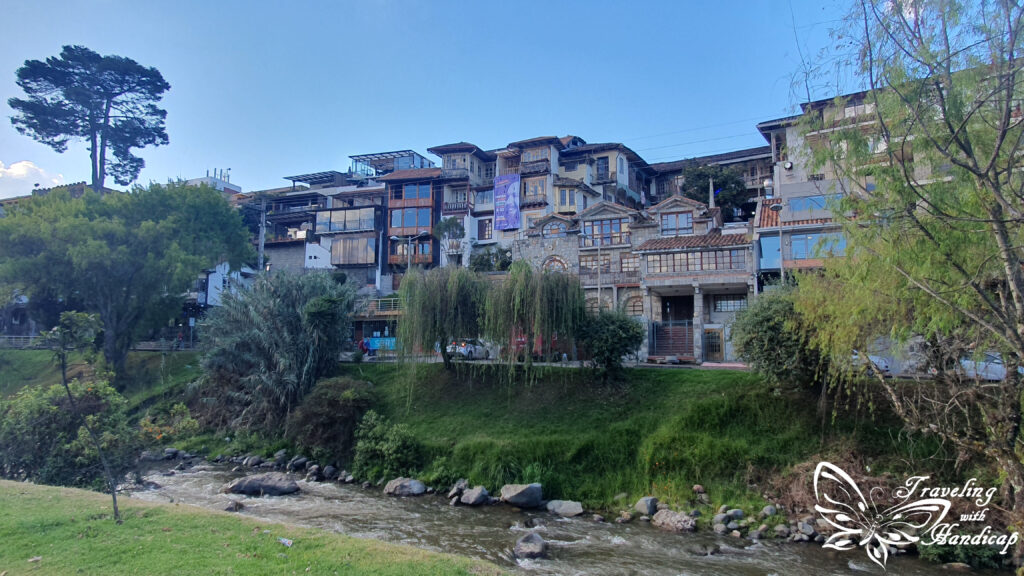
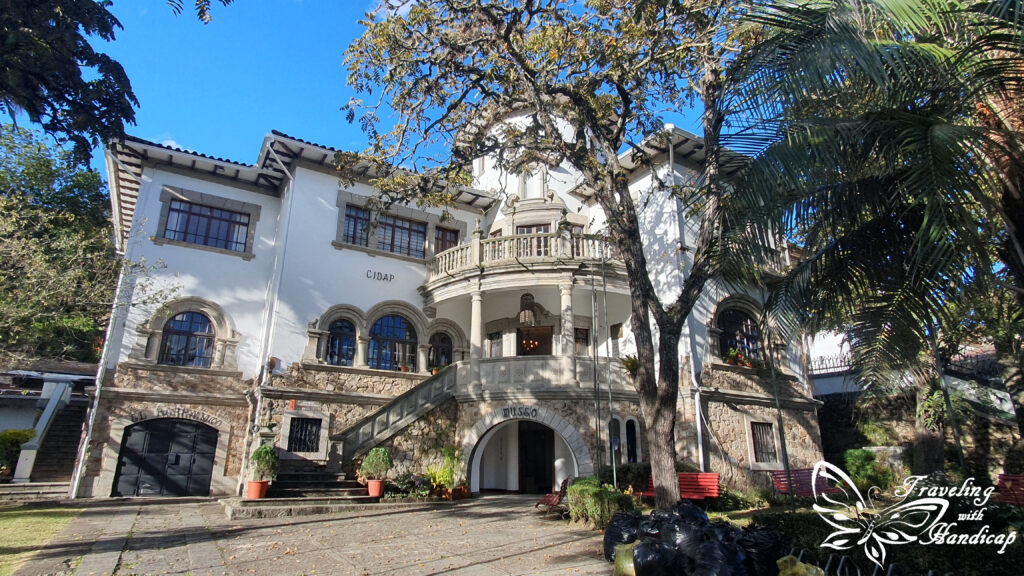
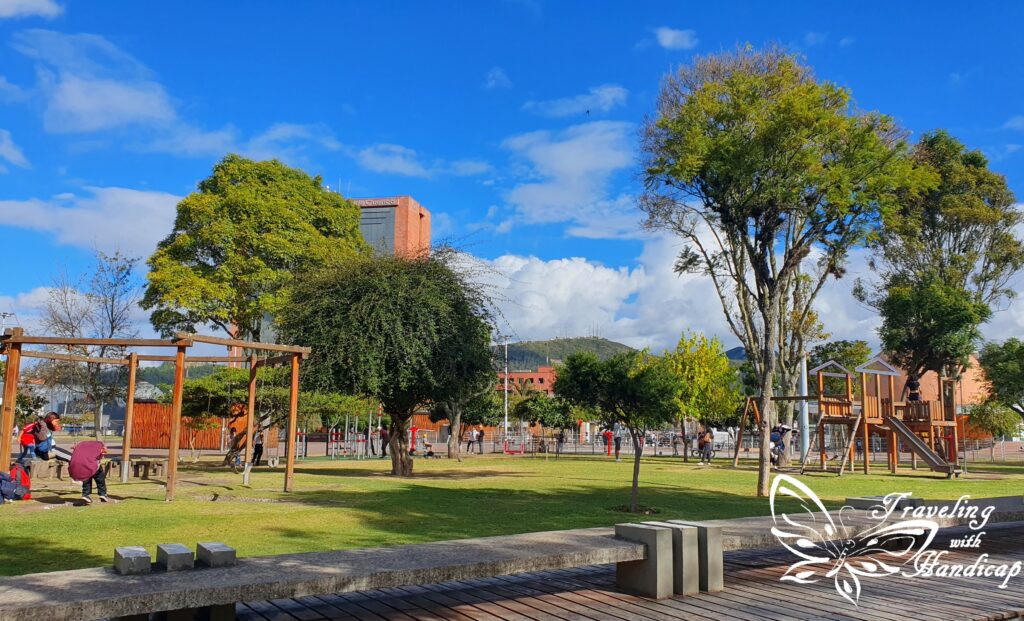

Cuenca is a quite international city. Due to the dollar as a considerably stable currency, internationals also settle and work in and from Ecuador. Moreover, the area in and around Cuenca is considered to be the safest within Ecuador. Also, it’s the only area in which you can drink tap water without any precautions. Therefore, I heard a reasonable amount of people speaking (American) English while living and working in Cuenca.

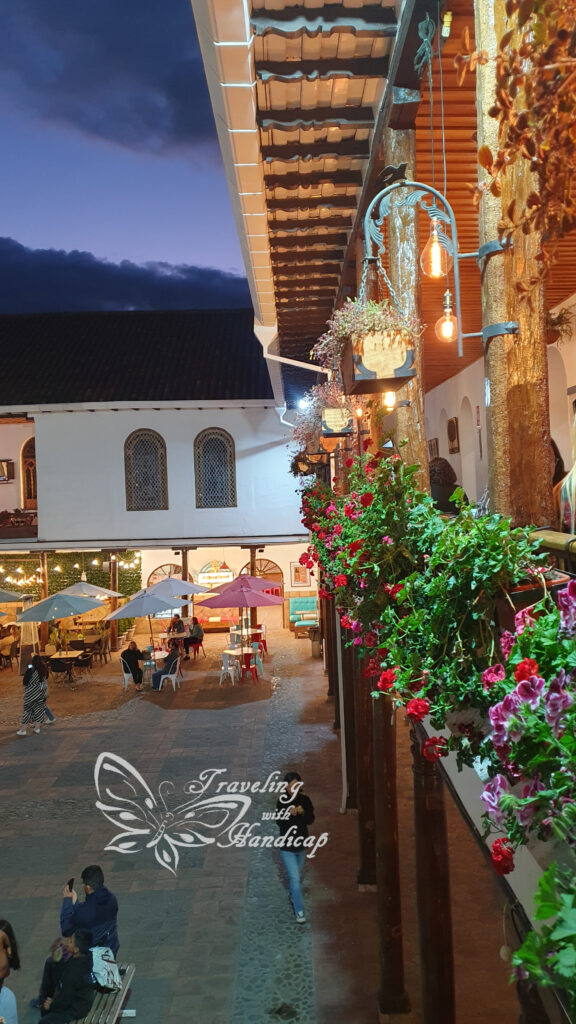
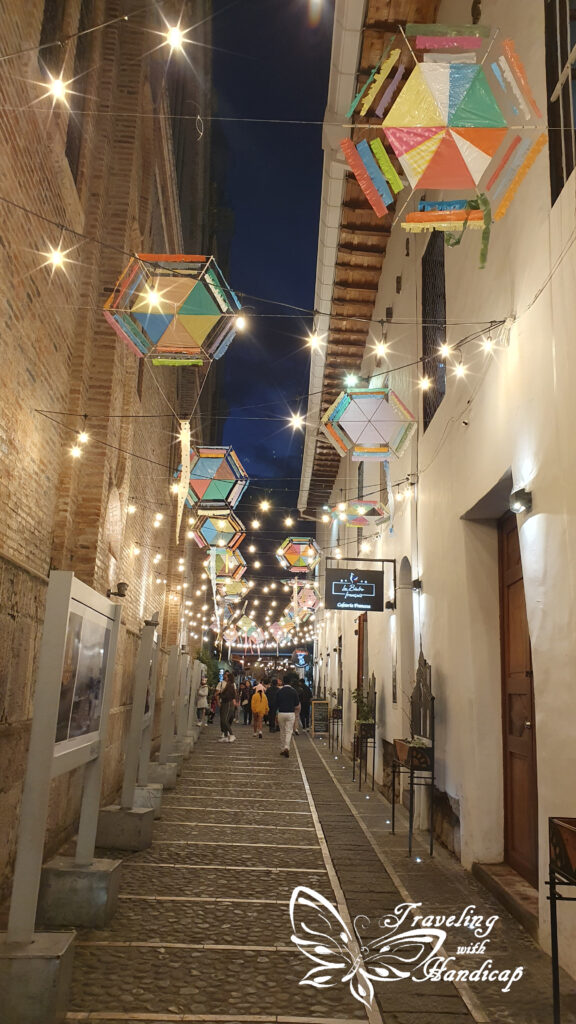
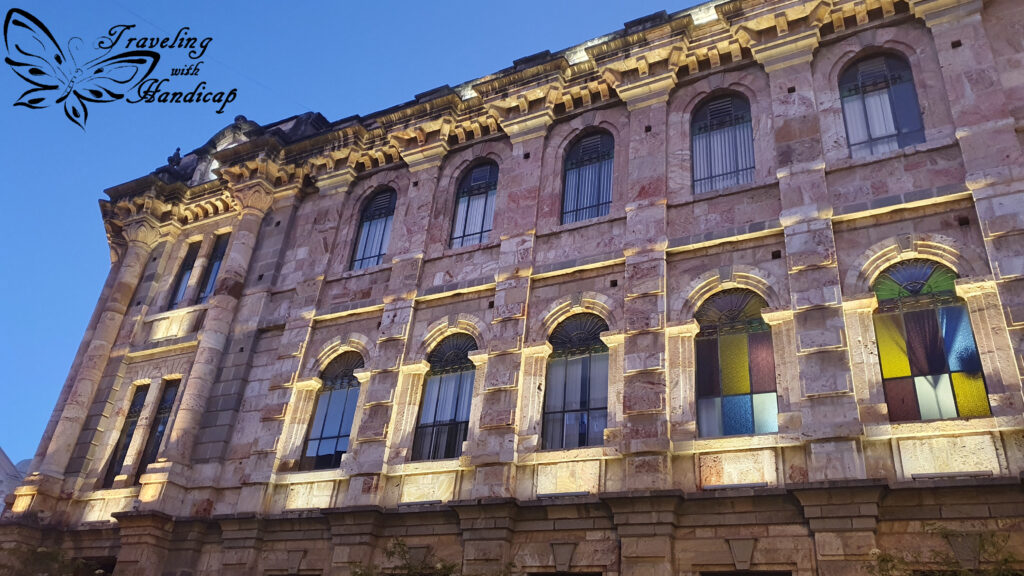

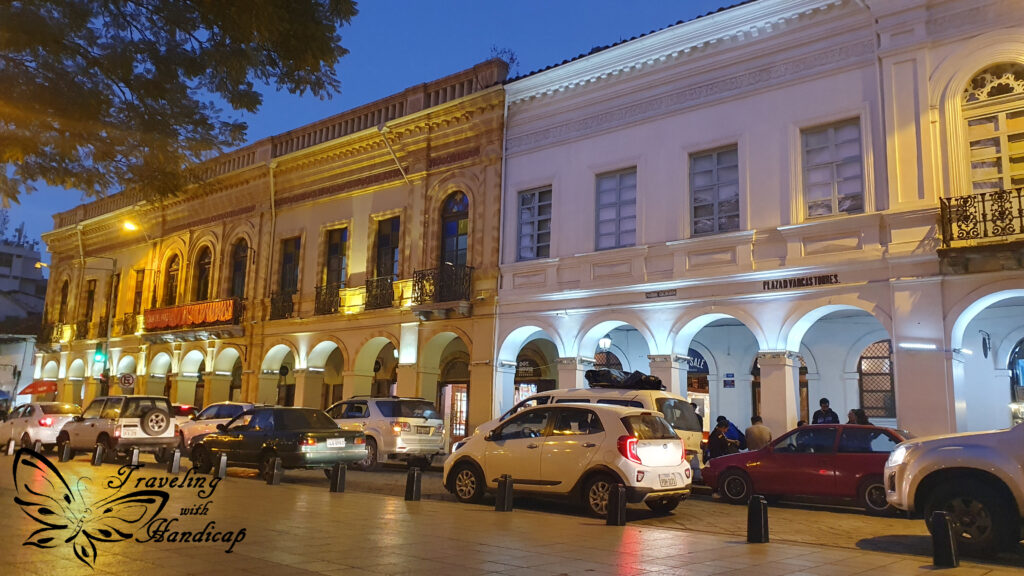


Cuenca is not only pleasant while walking around, but also while overlooking it from the Mirador de Turi. This is a viewpoint at the outer border of Cuenca, a little up a hill. From there, you indeed get a much better impression of the true size of Cuenca. You also recognize how Cuenca has been built within a valley. I went to the viewpoint for sunset. While others stayed at some restaurants and bars up there with some great view, I went back before it got dark. Even though Cuenca is considered safe, I still stuck to my precautions.
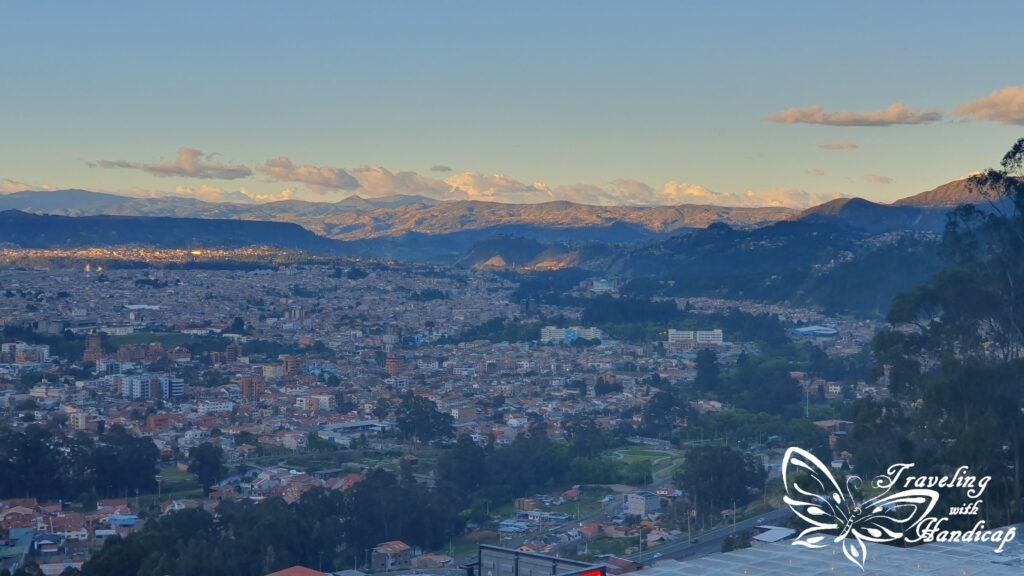

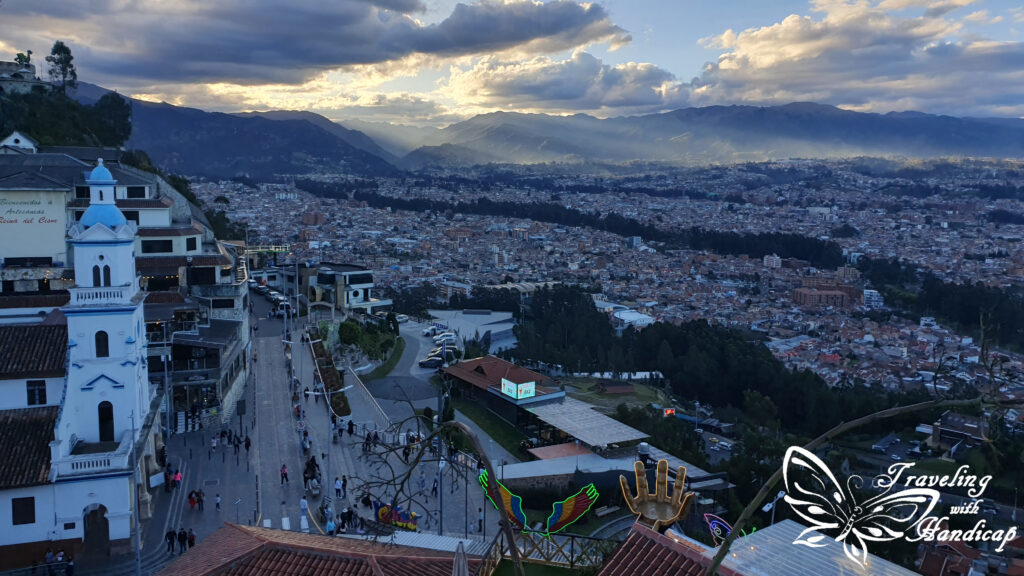
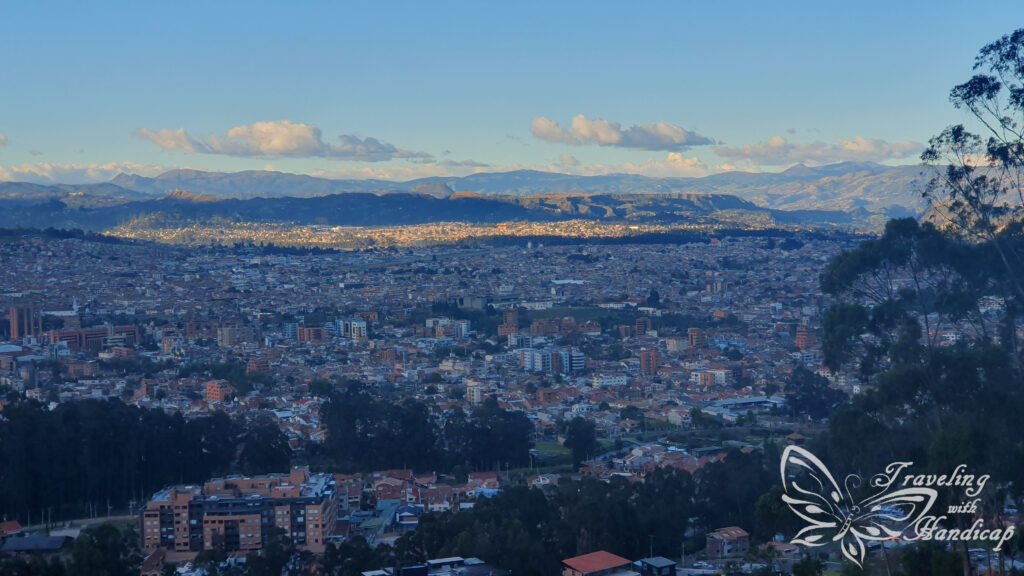
El Cajas National Park
Getting there
The Cajas National Park is not far from Cuenca and definitely worth a visit. You only need to consider that the park is located at an altitude of approximately, 4000m while Cuenca is at 2550 m. Thus, some acclimatization is recommended if you want to stay in the park for more than a day-trip. Even then, you shouldn’t try to plan a too walking track, since you will walk in a lower pace due to the altitude.
There are some buses leaving the bus terminal of Cuenca and heading towards the park. Actually, it was a bit confusing to figure out which buses head there. This is because in Ecuador, you often may just request to jump on or off the bus at any place along the route. Finally, we found a respective buy company and were dropped off at the main entrance of the park. There are actually different locations where you may start your tracks. However, it might be a little more difficult to jump off the bus at the correct spot then.
Getting back to Cuenca was rather easy. Since this area is very safe, I just waited at the road and waived down the next bus towards Cuenca. Luckily, I only had to wait for a couple of minutes. You might have to wait a little longer until a bus passes. Nevertheless, hitchhiking is also a frequently used option.
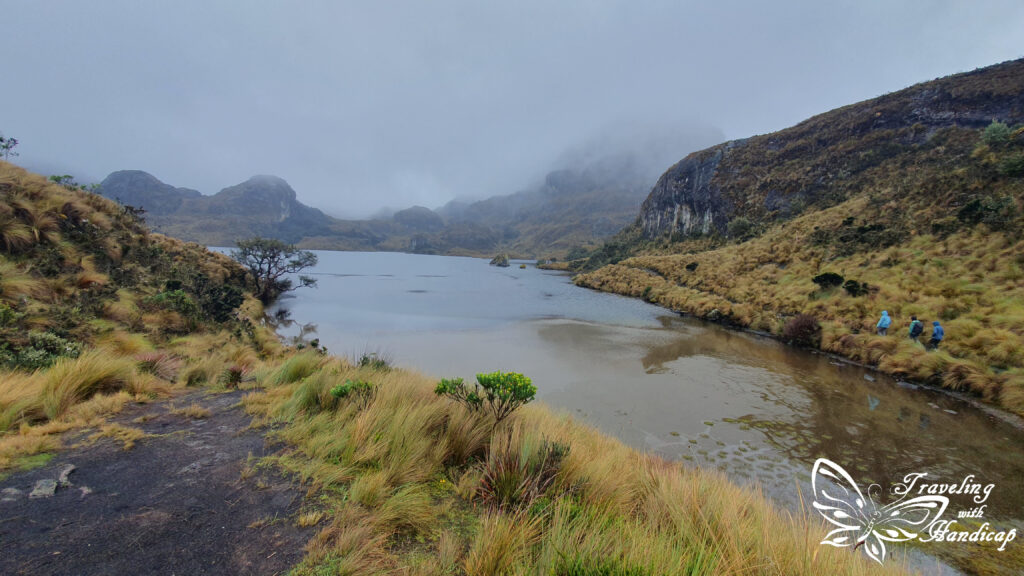
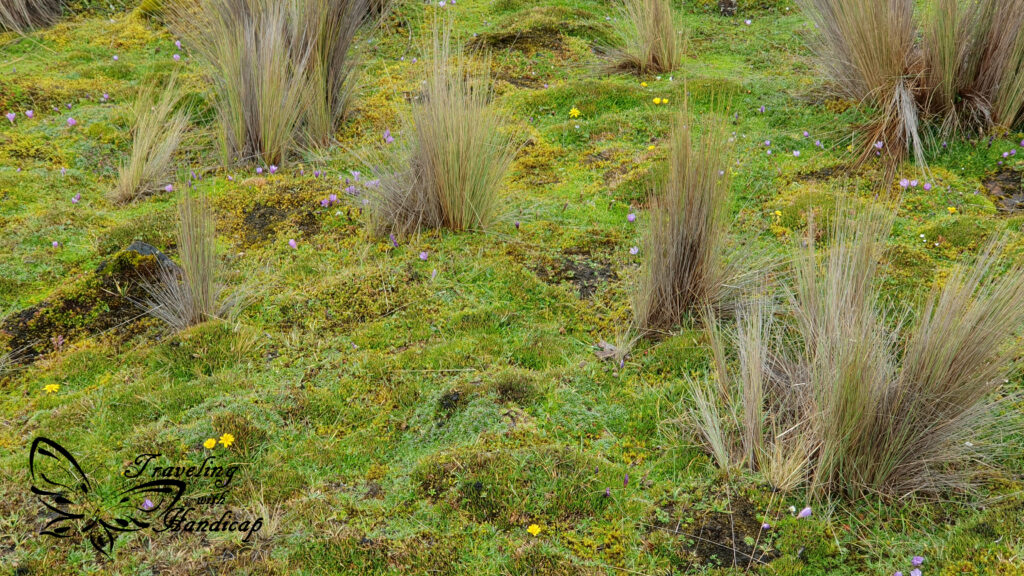

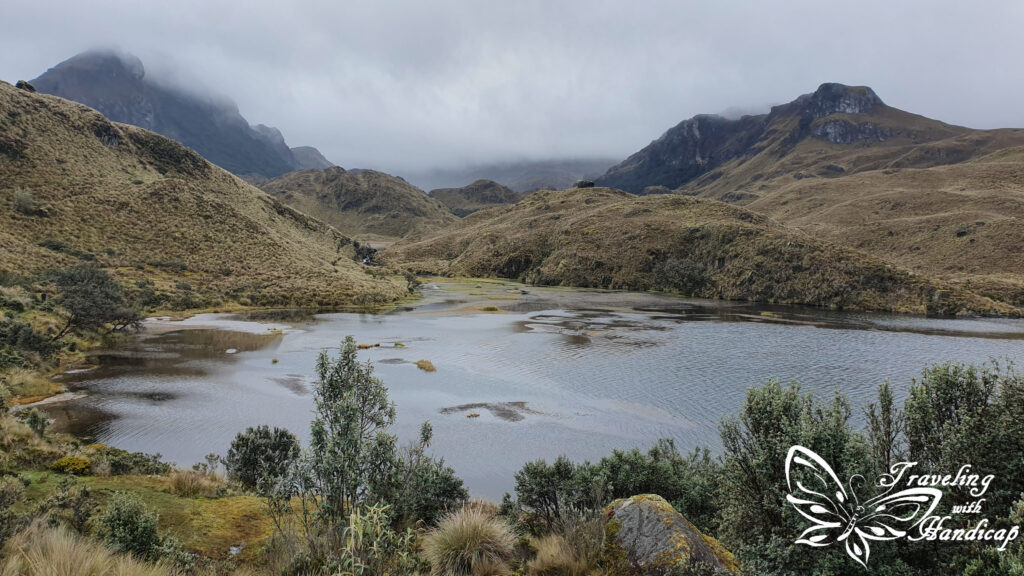

Hiking
We started at the main entrance. Given the rainy weather, the tracks were very muddy and the clouds very low. Therefore, there was only one longer track open, which we did. The national park is definitely worth a visit considering the hilly landscape with many lagoons. However, when we visited, it was super muddy due to all the rain. As such, it was not really a hike, rather a slide (at least downhill). I was happy I took my waterproof pants. This way, I made the best out of the muddy situation by sometimes simply sliding downhill instead of walking. 😀
A few days later, I heard that on a sunny and rather dry day, other tracks were opened as well. There should be one really cool track not starting from the official entrance. This track is also a little longer than the one I did. Nevertheless, not as frequently used since not many know about it. Actually, there are some track-overviews of the park available online. However, if not starting from the official entrance, it’s rather difficult to jump off the bus at the correct other spot.
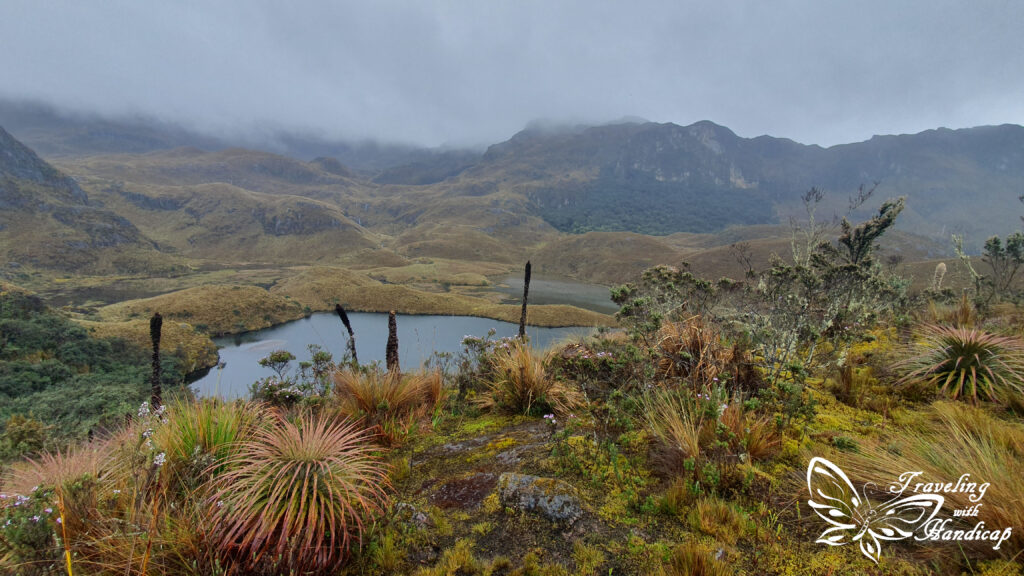


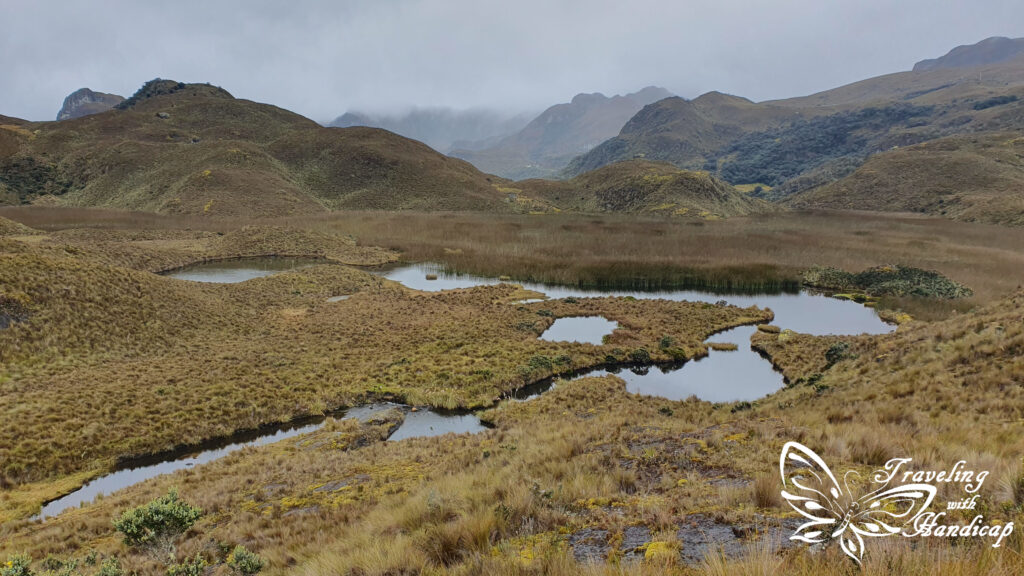
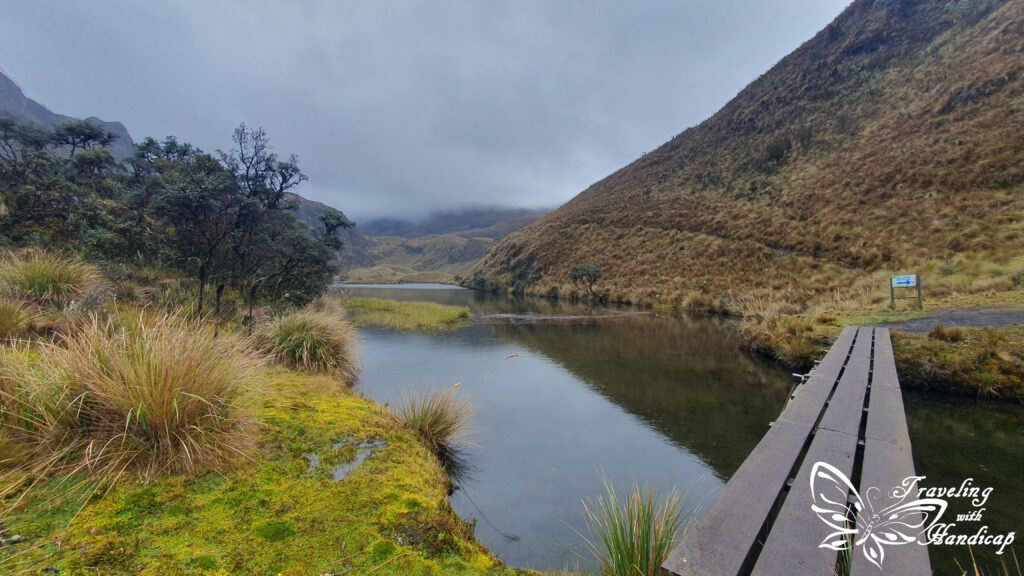
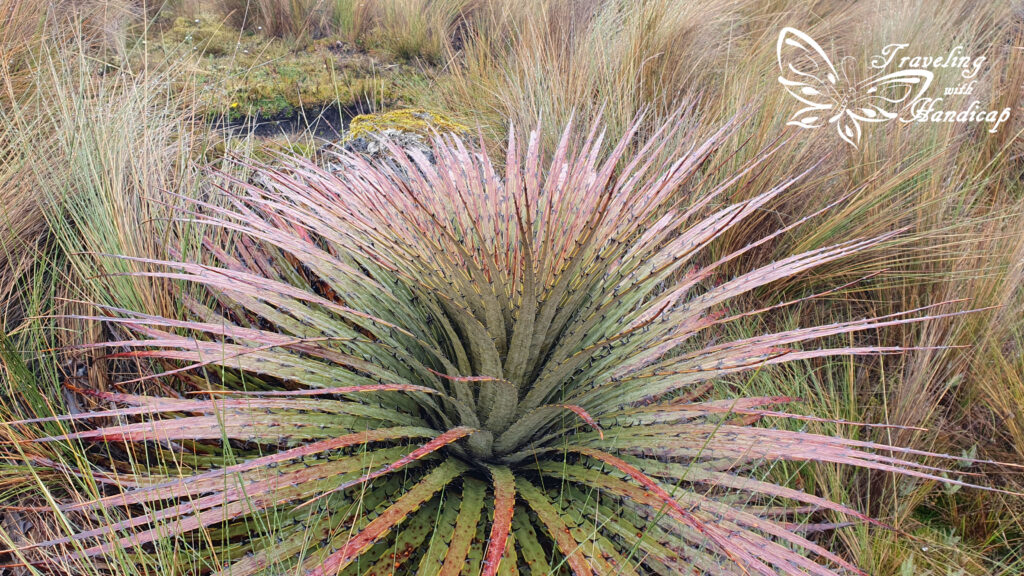
Villages around Cuenca: Sigsig
I have heard that there are many pleasant and very small villages around Cuenca. So I took a local bus from the bus terminal in Cuenca towards the tiny village of Sigsig. This one has been said to have a nice market. However, I was rather underwhelmed by the village as it was rather average. There is a bigger market once a week but the normal and daily market is by no means special. What really impressed me and made the trip worth it was the view I had from the bus during the two hours between Cuenca and Sigsig.
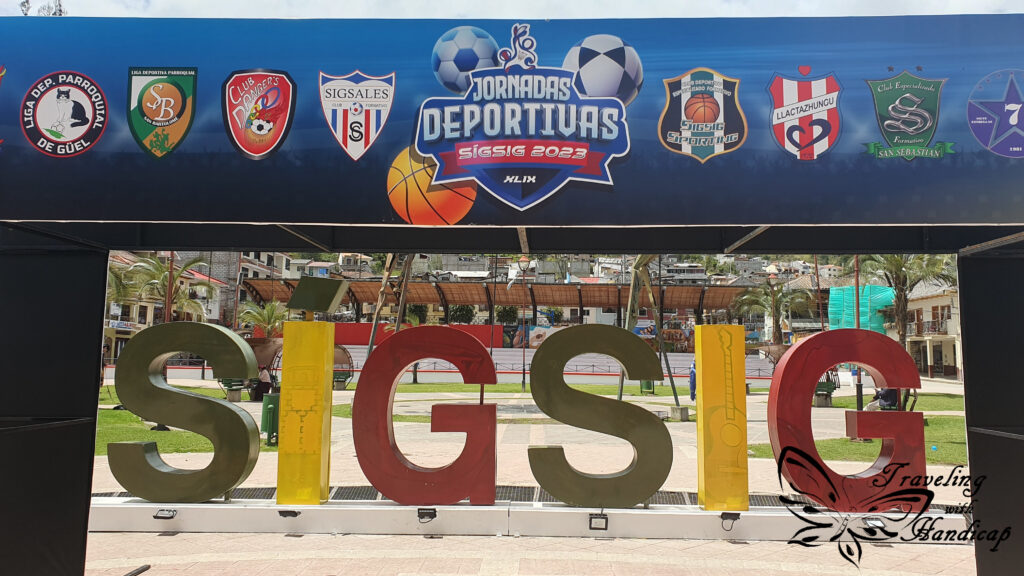




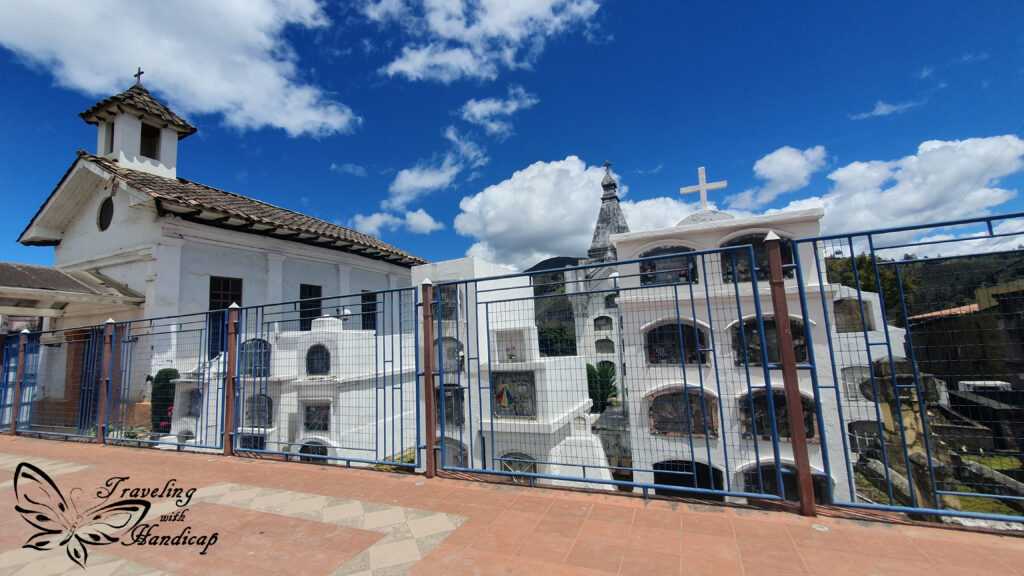



The coffee region of Ecuador around Vilcabamba
Coming from Piura, I could have taken a bus towards Loja and then from Loja to Vilcabamba. However, coming from Máncora, I had to go to Cuenca first. The little town of Vilcabamba has been recommended to me a few times. Due to the distance I had to go in and out, just to get all the way south to Vilcabamba, I wasn’t sure if it’s worth it. Nevertheless, I took a long distance bus to Loja and from there a rather local bus towards Vilcabamba. This time I had no other option. However, looking back, I should have skipped Máncora (Peru) and instead have taken a bus from Piura to Loja.
Vilcabamba
Vilcabamba is a tiny village, one of many small villages on the way south from Loja. Indeed, Vilcabamba was one of the nicest villages of a certain size. It offered many international restaurants. While international people settled in Cuenca to work, others settled in Vilcabamba, but not necessarily to work. Vilcabamba is the hippie town of southern Ecuador. As such, there are indeed some people working (for example in restaurants). However, there are also quite some just trying to live from their self-made bracelets or not doing anything but taking drugs. For sure, the local Ecuadorians from the region don’t appreciate the latter type of immigrants.
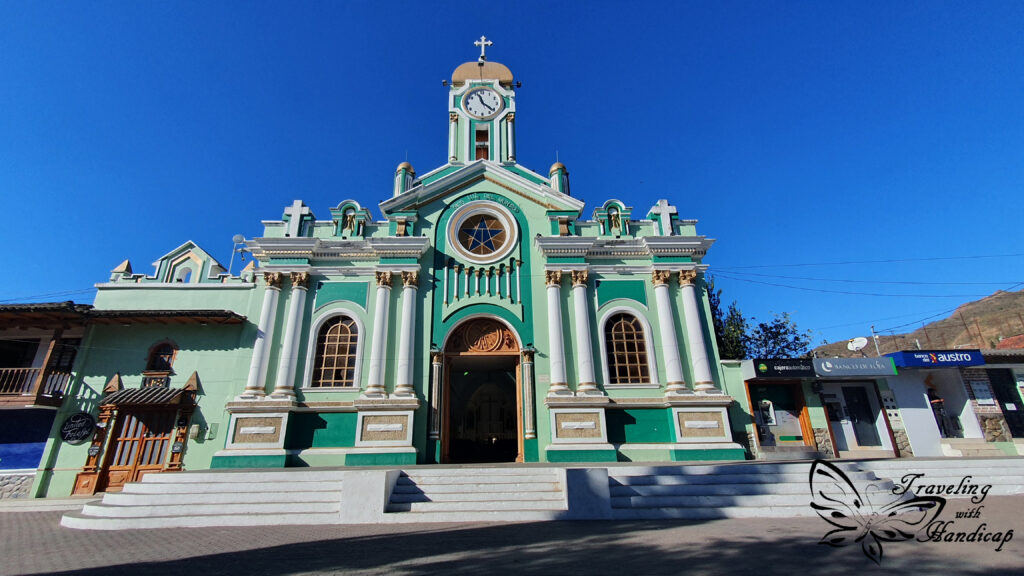


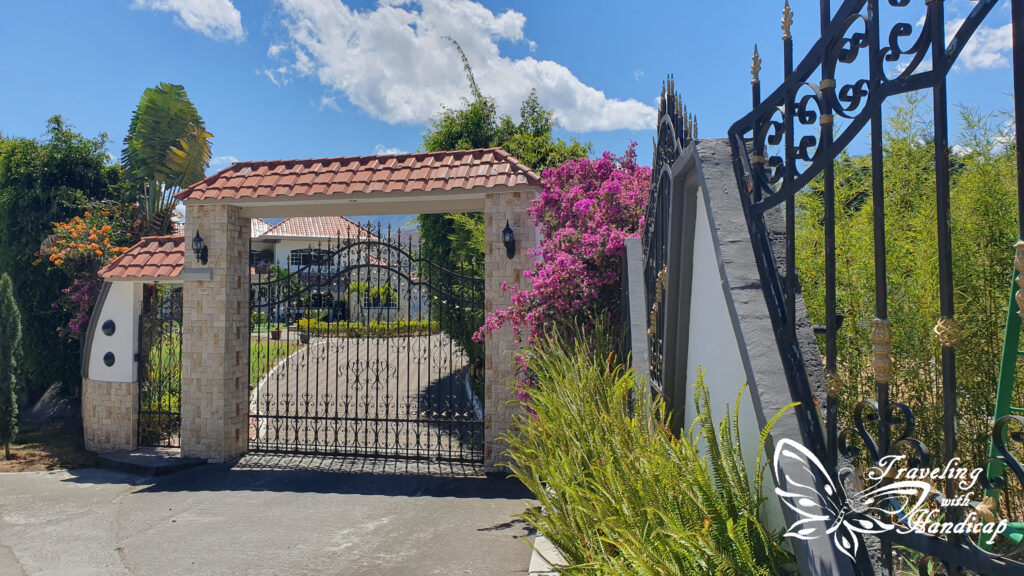




There were many good places for having coffee or international food. Thus, I really enjoyed the variety of vegetarian dishes after coming from meat-based Peru. Moreover, my hostel had a clean pool. Highly appreciated within the heat of the southern Ecuadorian Andes (during August). In addition, there are multiple pleasant long and short hikes around Vilcabamba. I picked a shorter one uphill to the Mirador Mandango. I highly recommend this one for the amazing panoramic view. Nevertheless, I was happy I haven’t picked a longer one due to the heat.



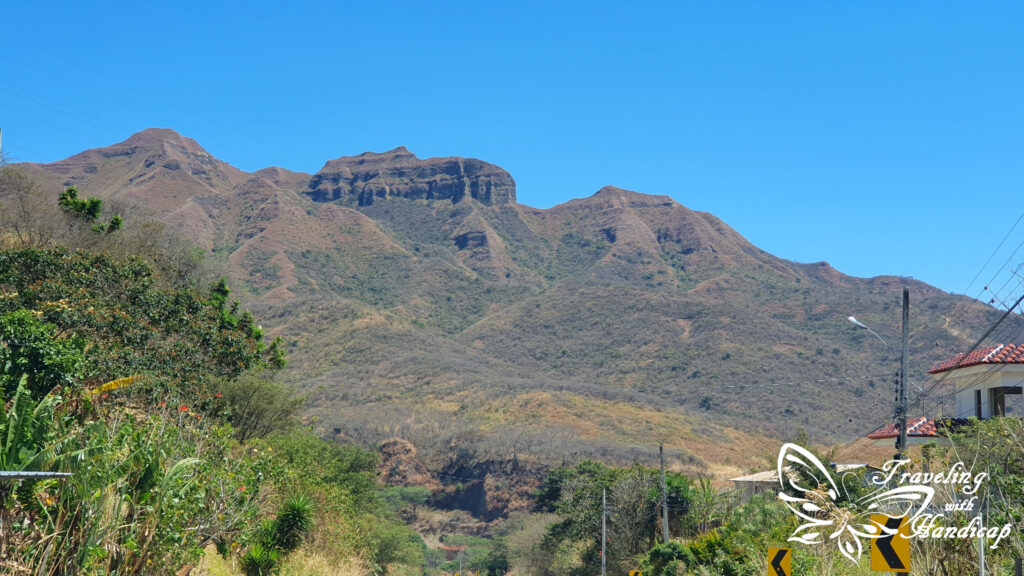

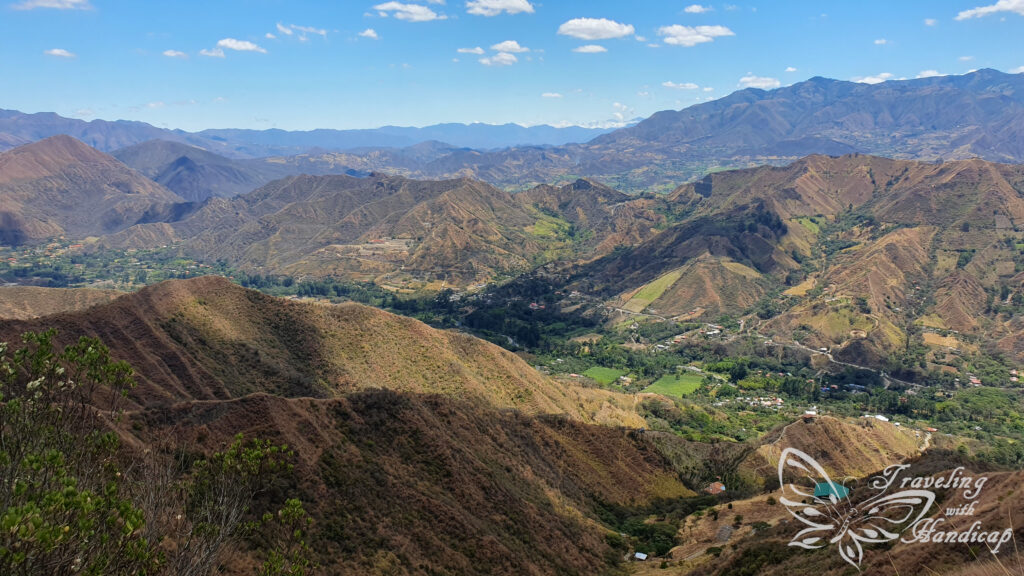
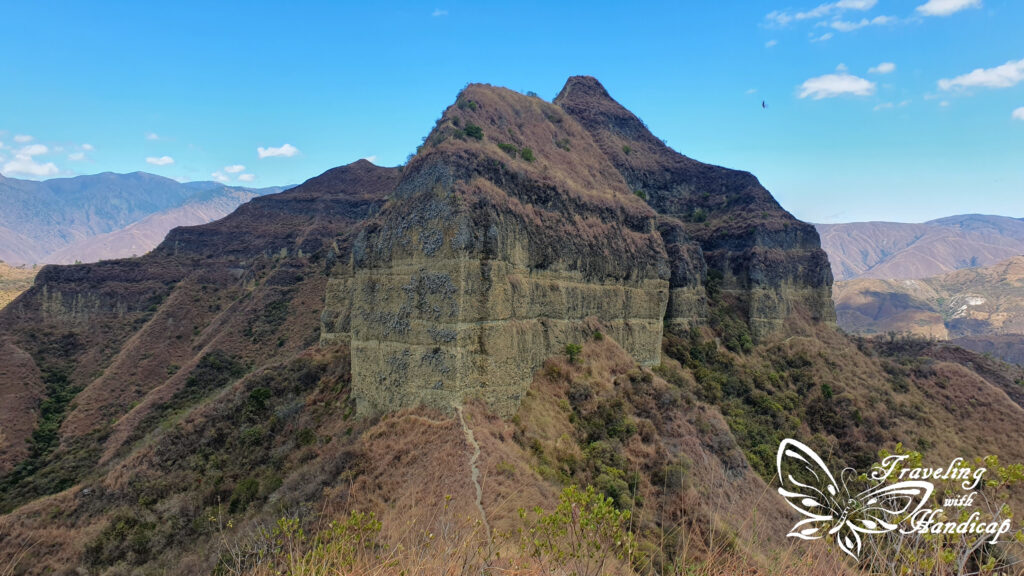
Another must do is walking along the little stream next to Vilcabamba. The shade of multiple bamboo or palm trees mixed with the fresh and cold water is very relaxing. There are also some tracks along or starting from the stream. I went there with other people from my hostel. We stayed until sunset, as incredible as it was.


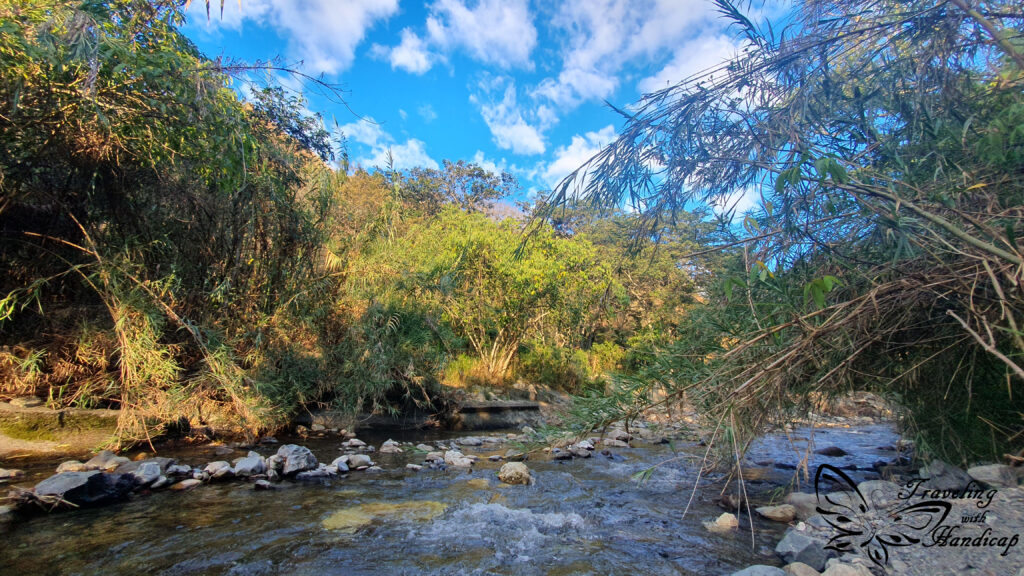



Learning about coffee
The area between Loja and Vilcabamba is famous for growing coffee. Loja itself is known as the coffee capital of Ecuador. However, only in terms of selling coffee. There is not really any historically nice area that is worth to be visited. The surrounding landscape on the route south towards Vilcabamba is stunning, though. As it’s famous for coffee, I went to a coffee farm in Vilcabamba. There, I learned that within Ecuador, many farms grow their coffee next to different plants. These plants have an impact on the soil and as such on the taste of the coffee. Actually, the coffee I tasted was quite fruity, something I didn’t expect.
I was able to not only walk around the coffee plantation, but also watch the different steps of coffee production. There are other types of coffee like “honey” which I didn’t enjoy so much. Nevertheless, I tried because the coffees within European supermarkets are rather similar in taste. I learned that the coffees for export are often prepared a little differently to the ones the Ecuadorians like to have. It seems that we like rather tart coffee, while locals would have more fruity ones.

